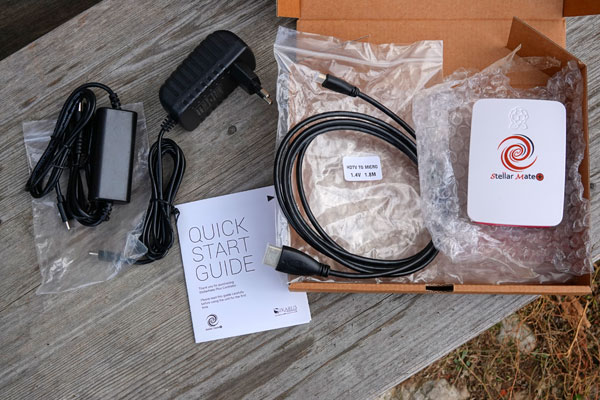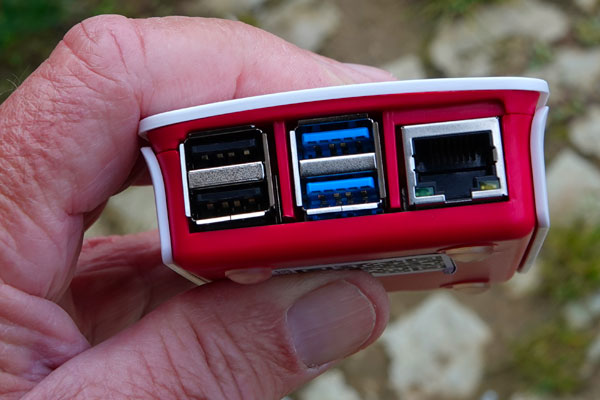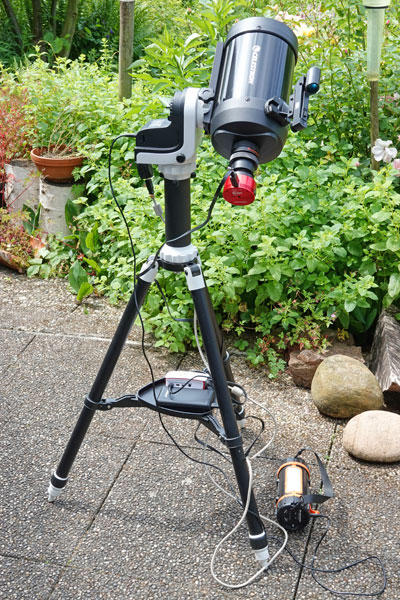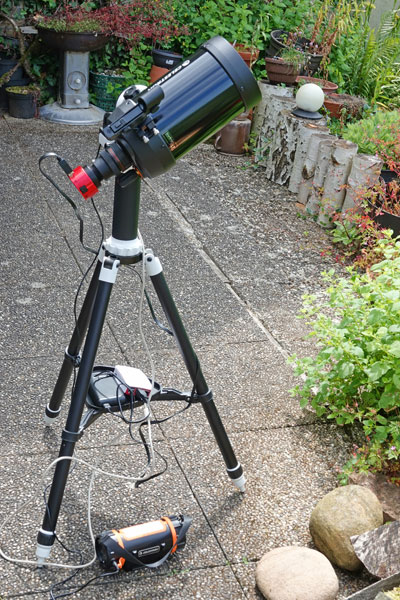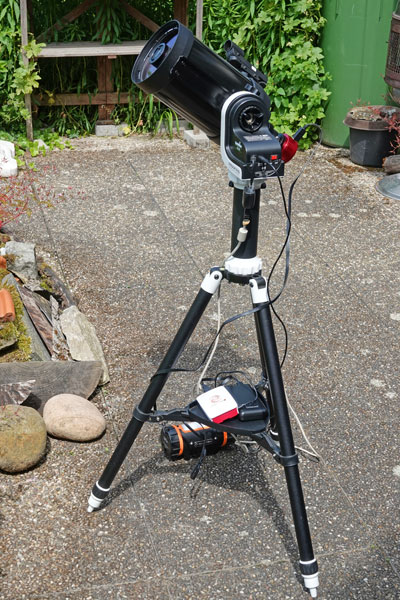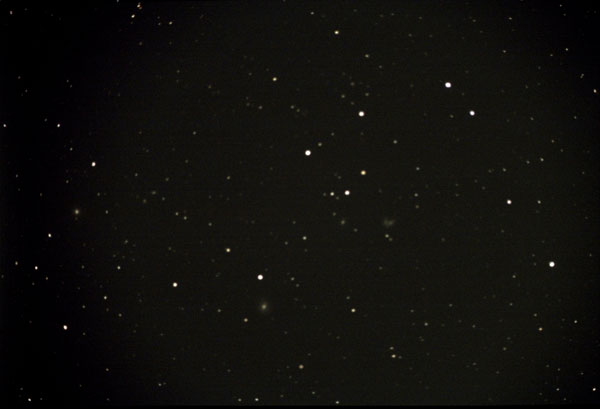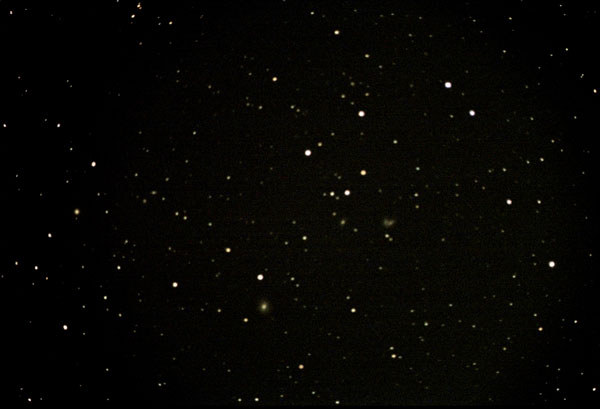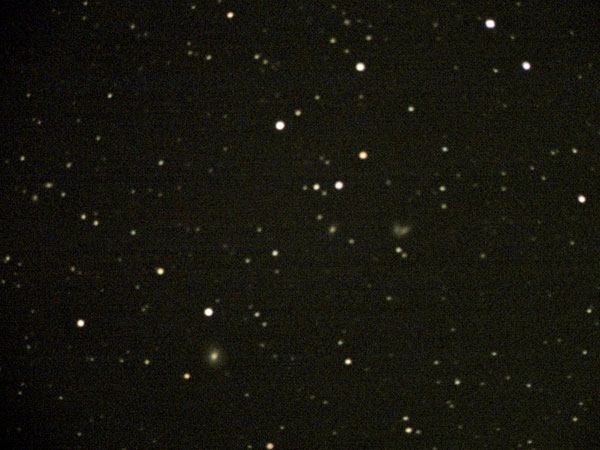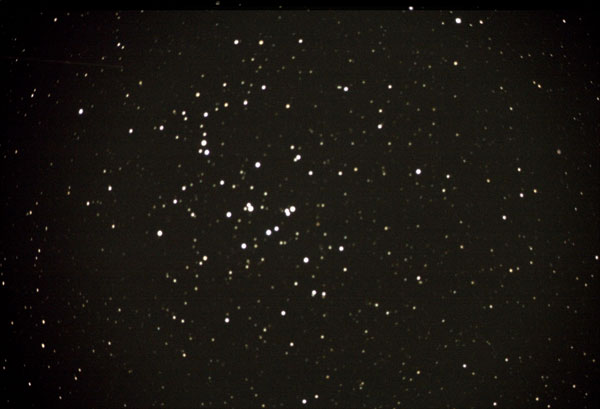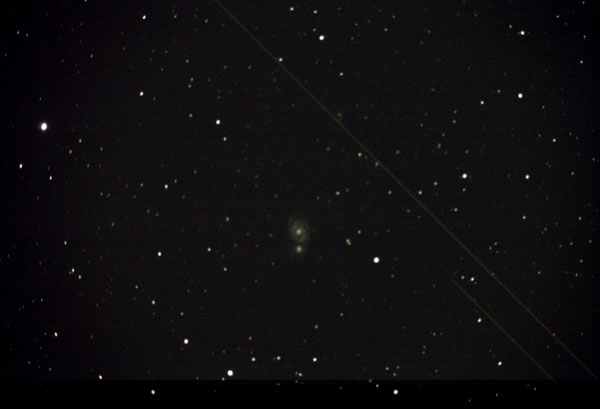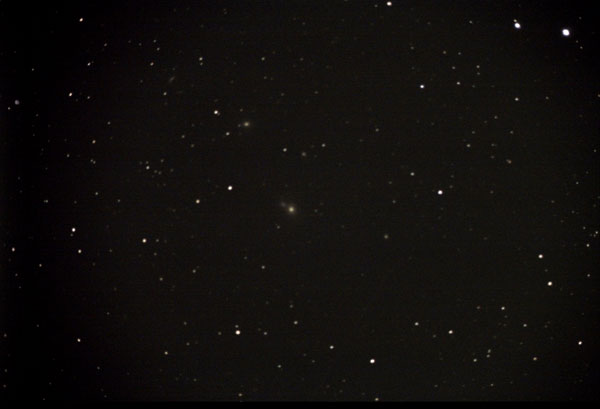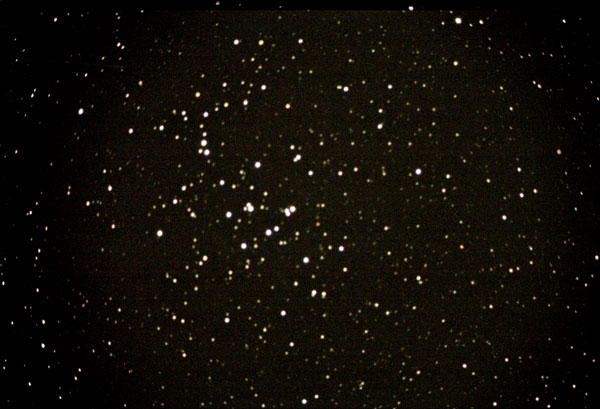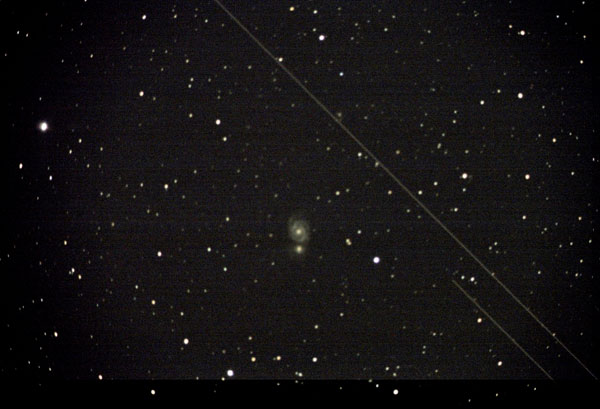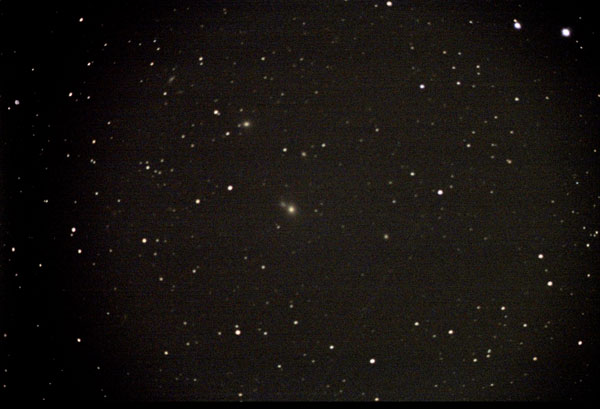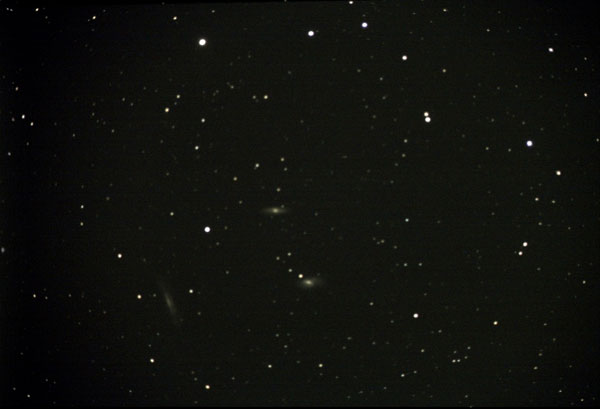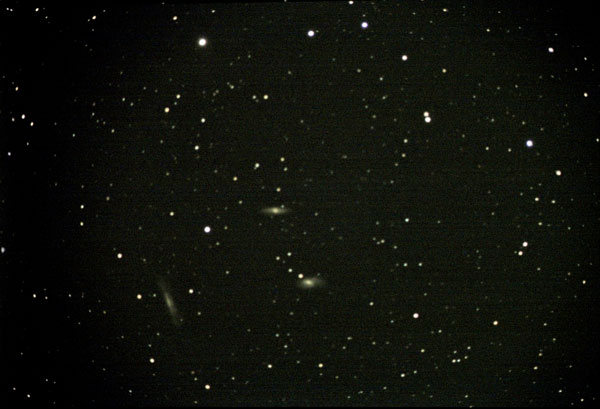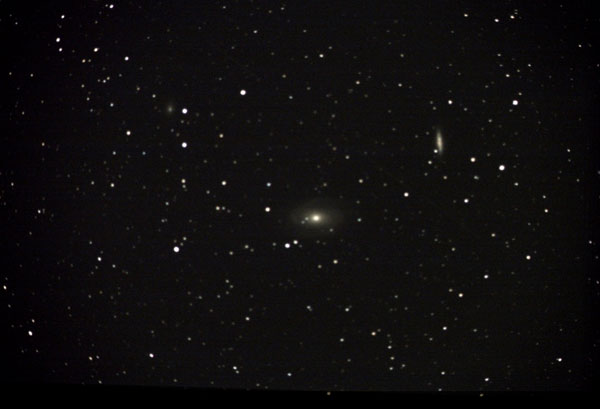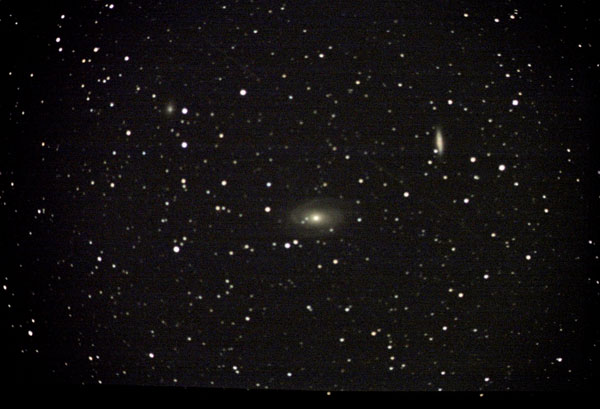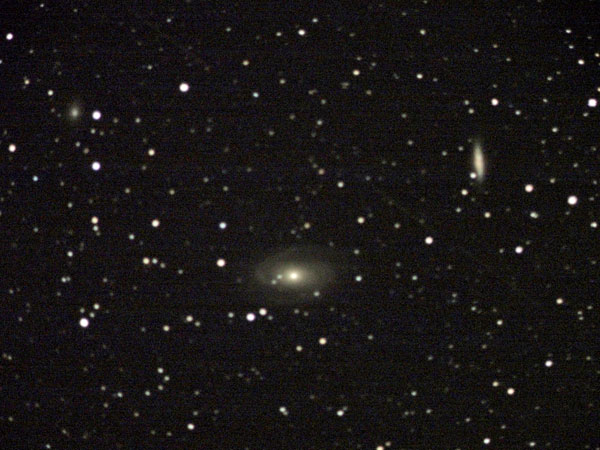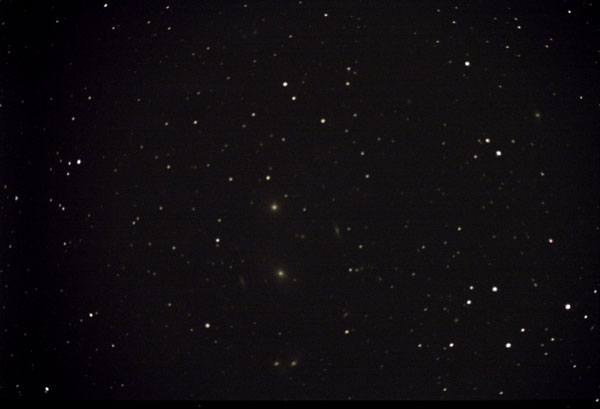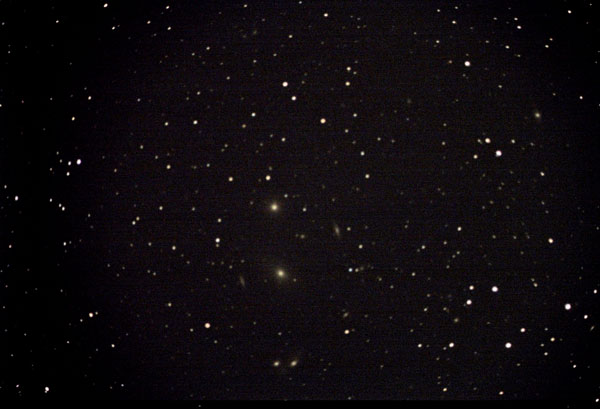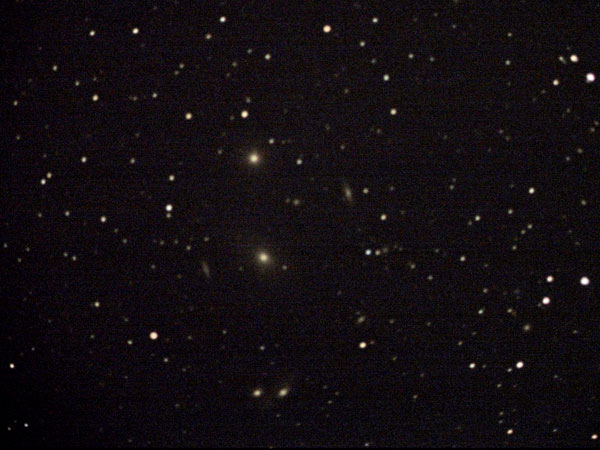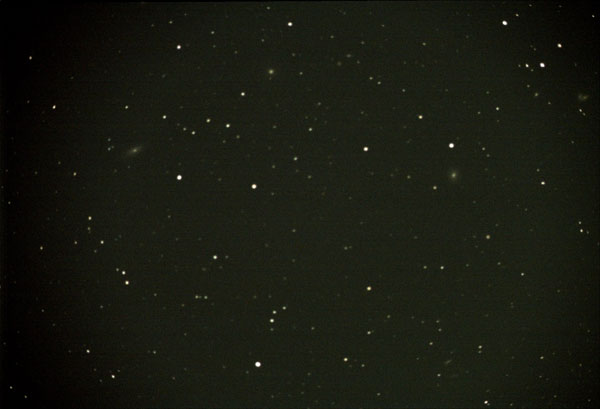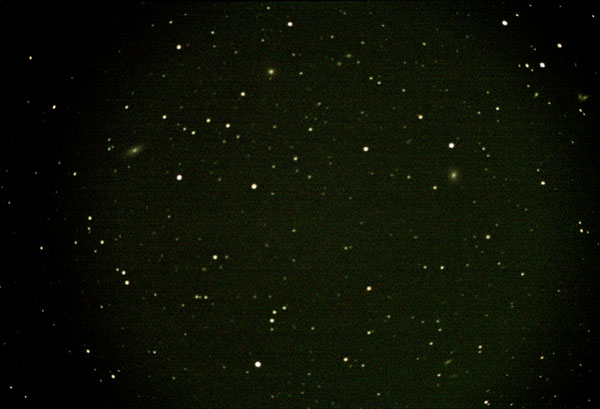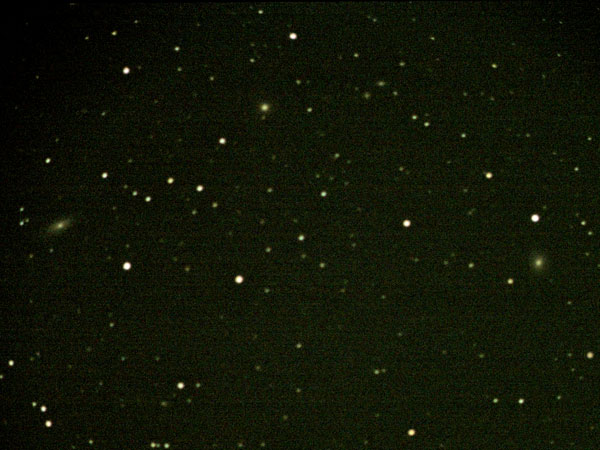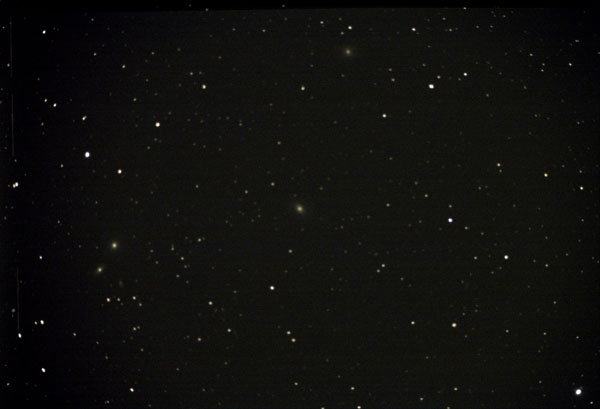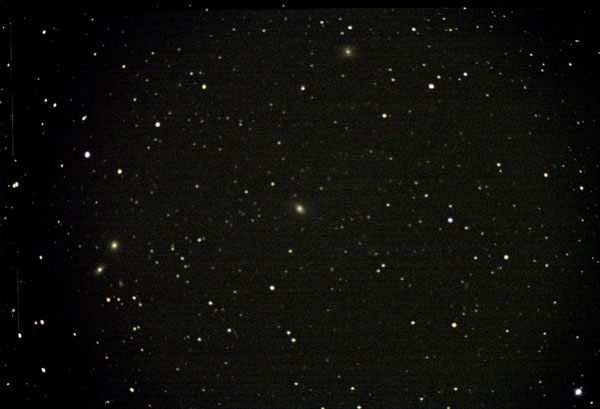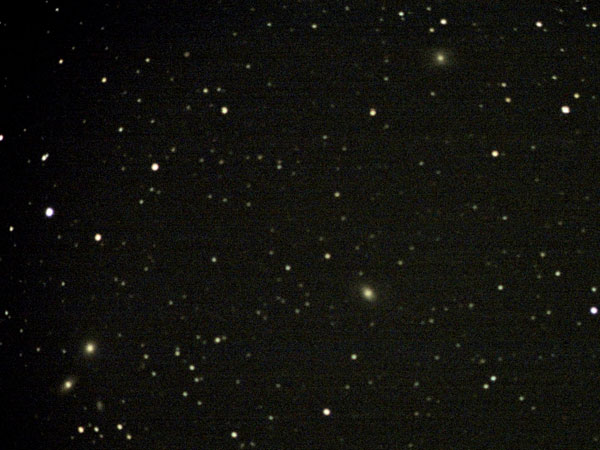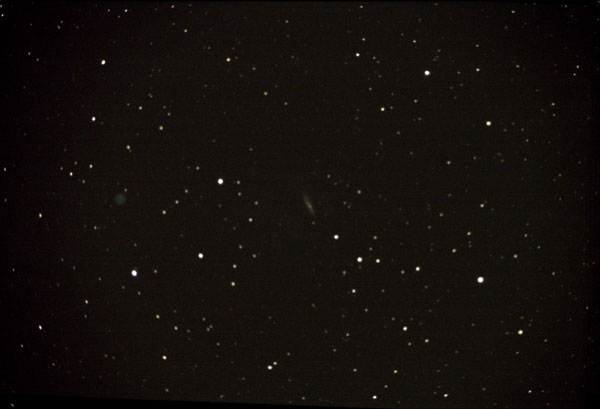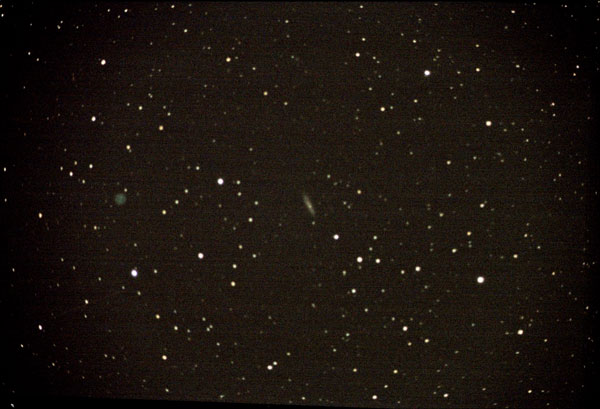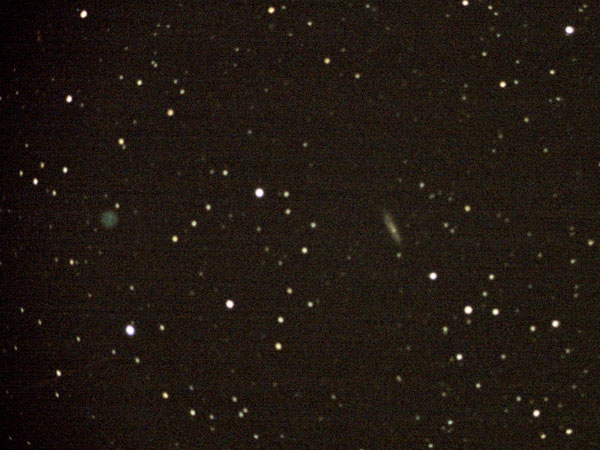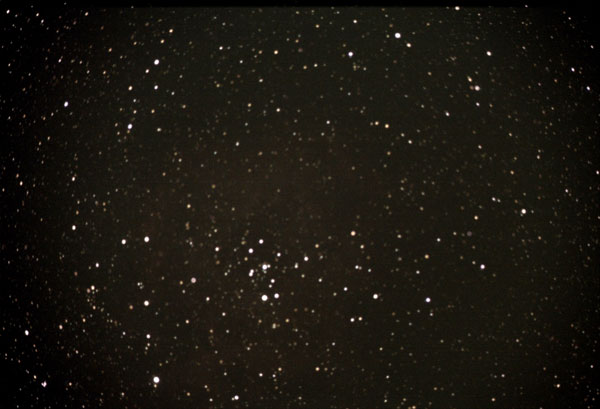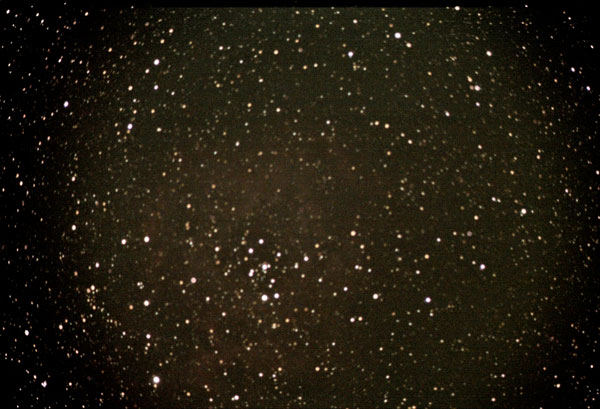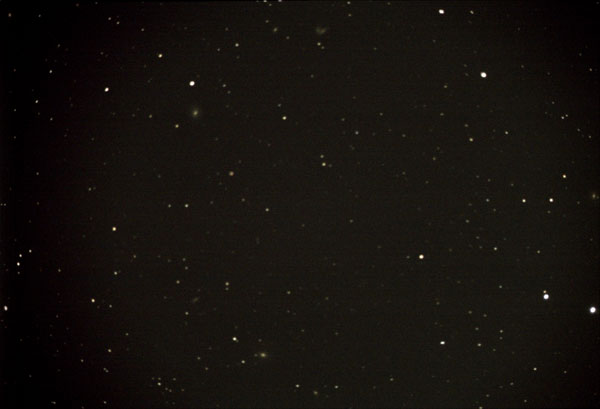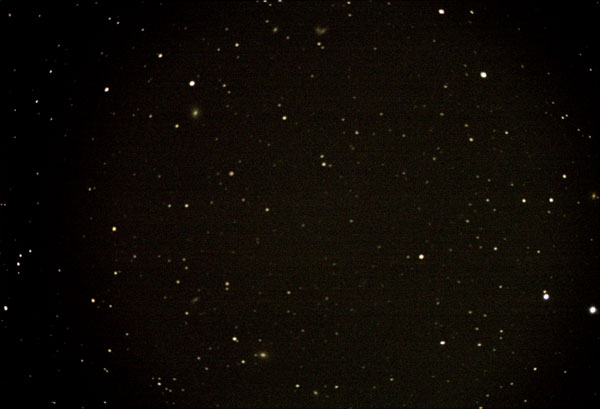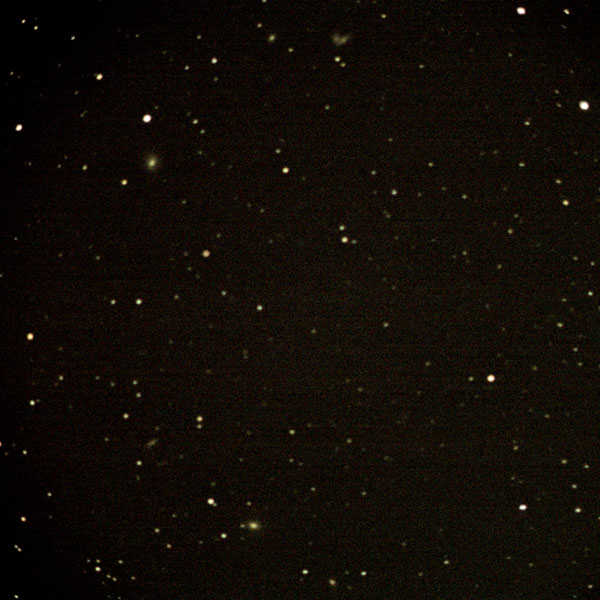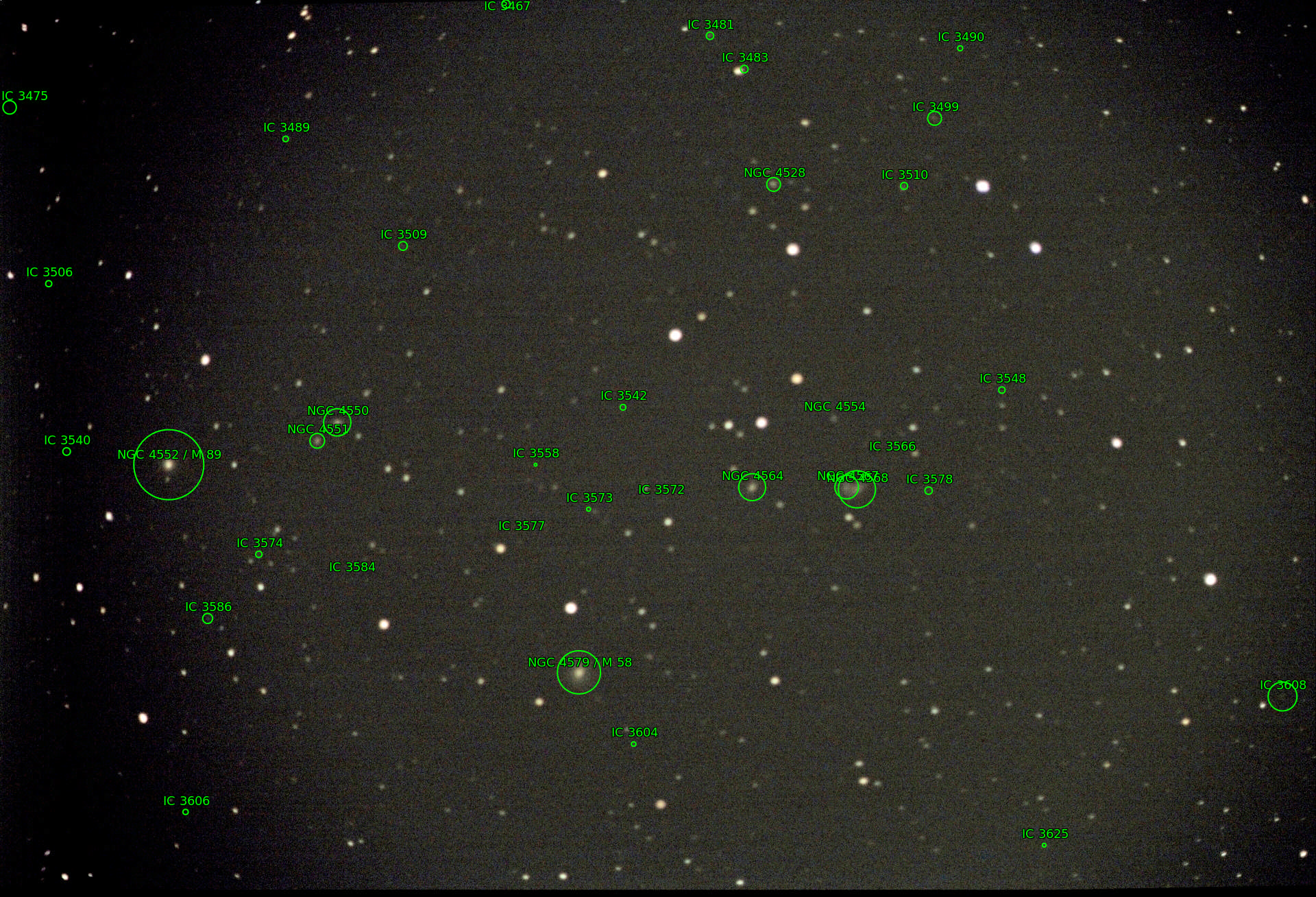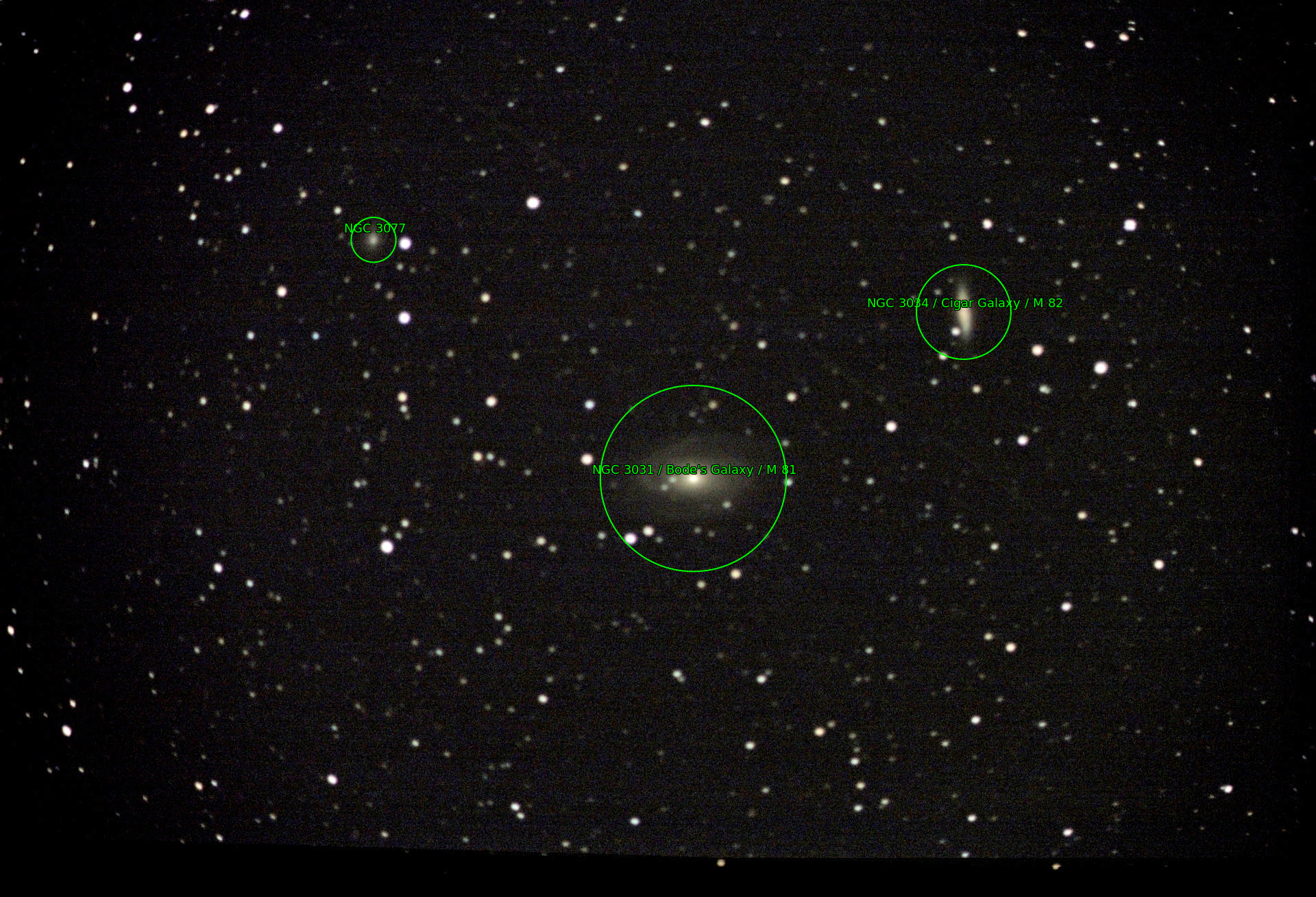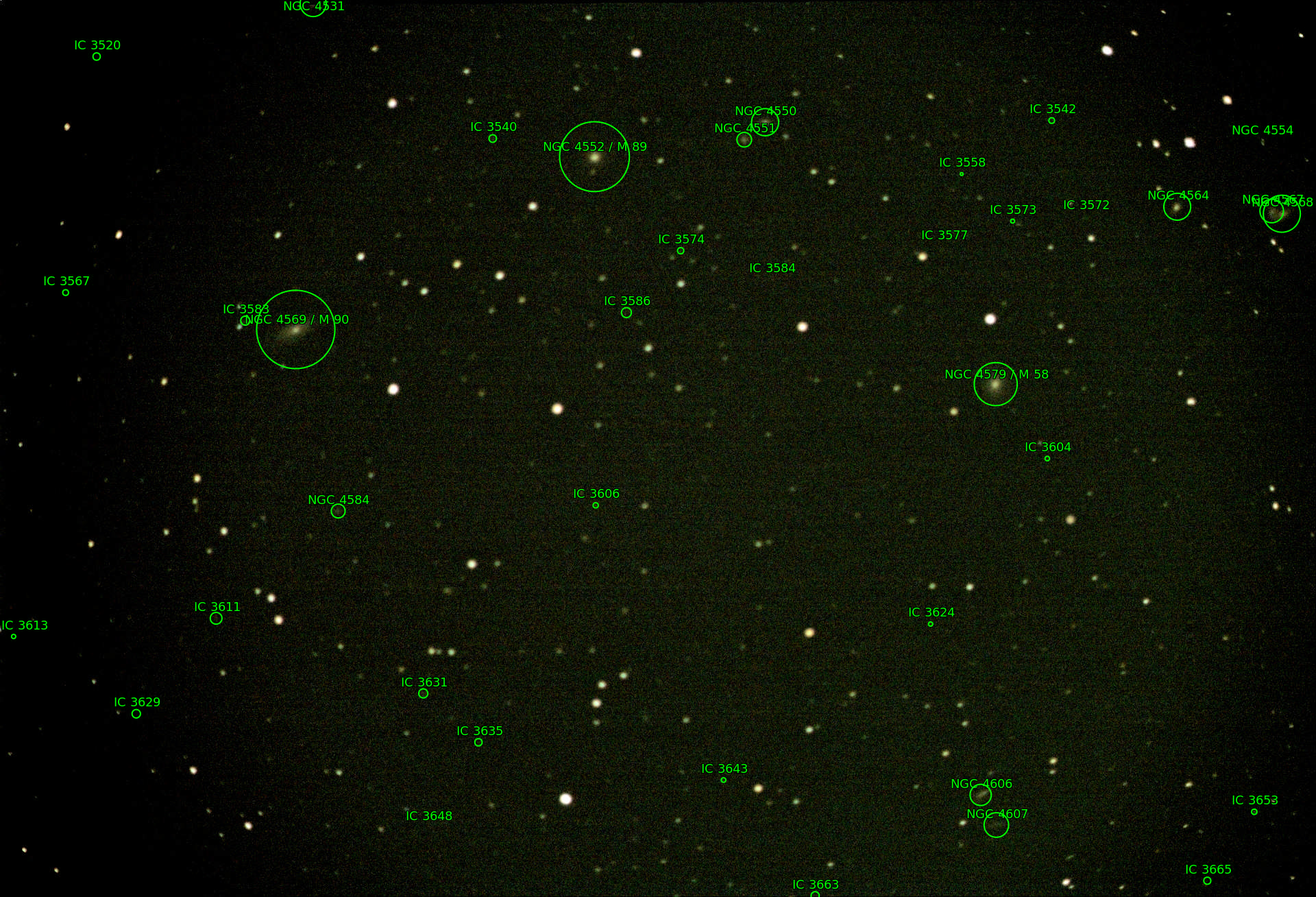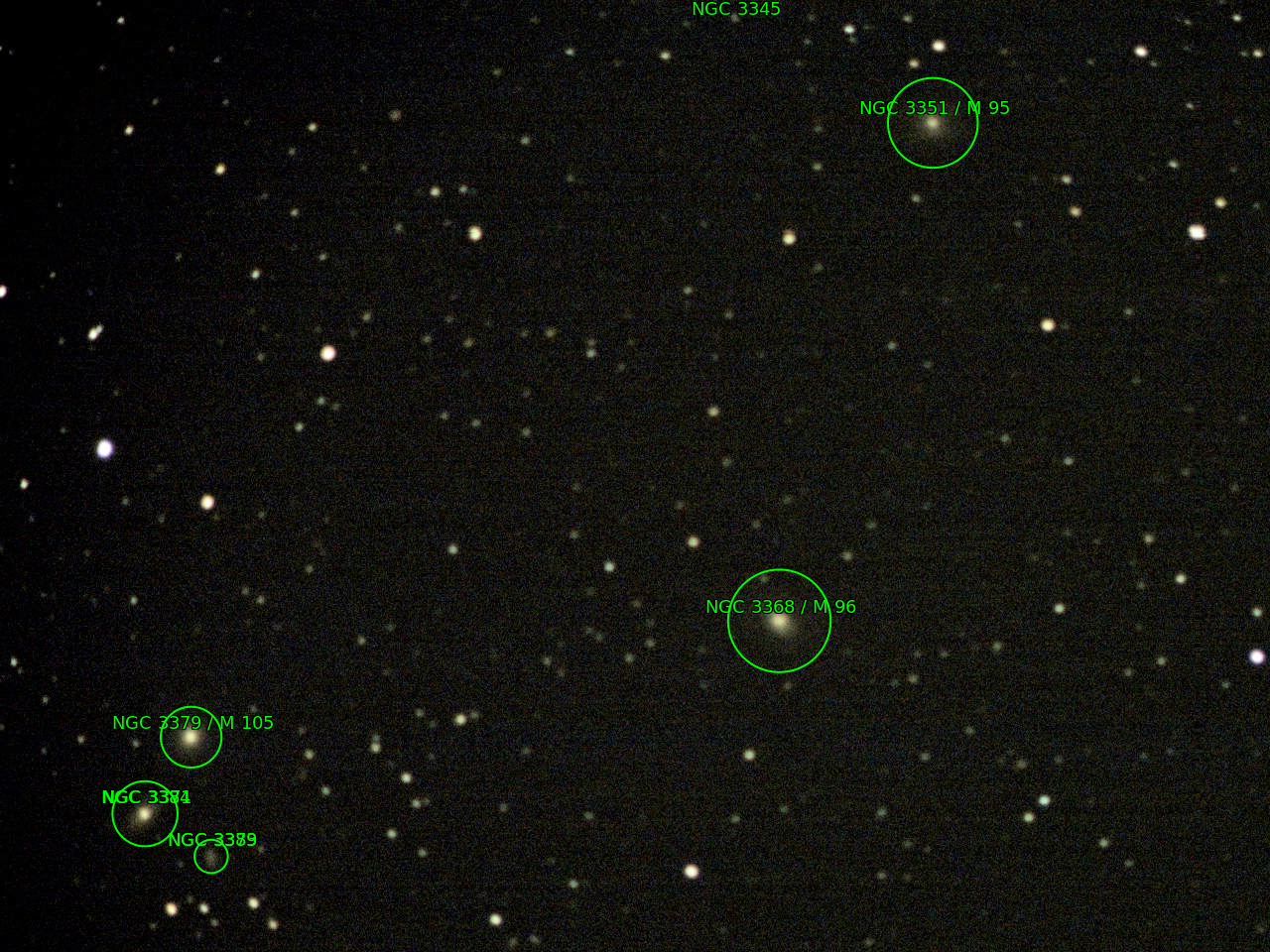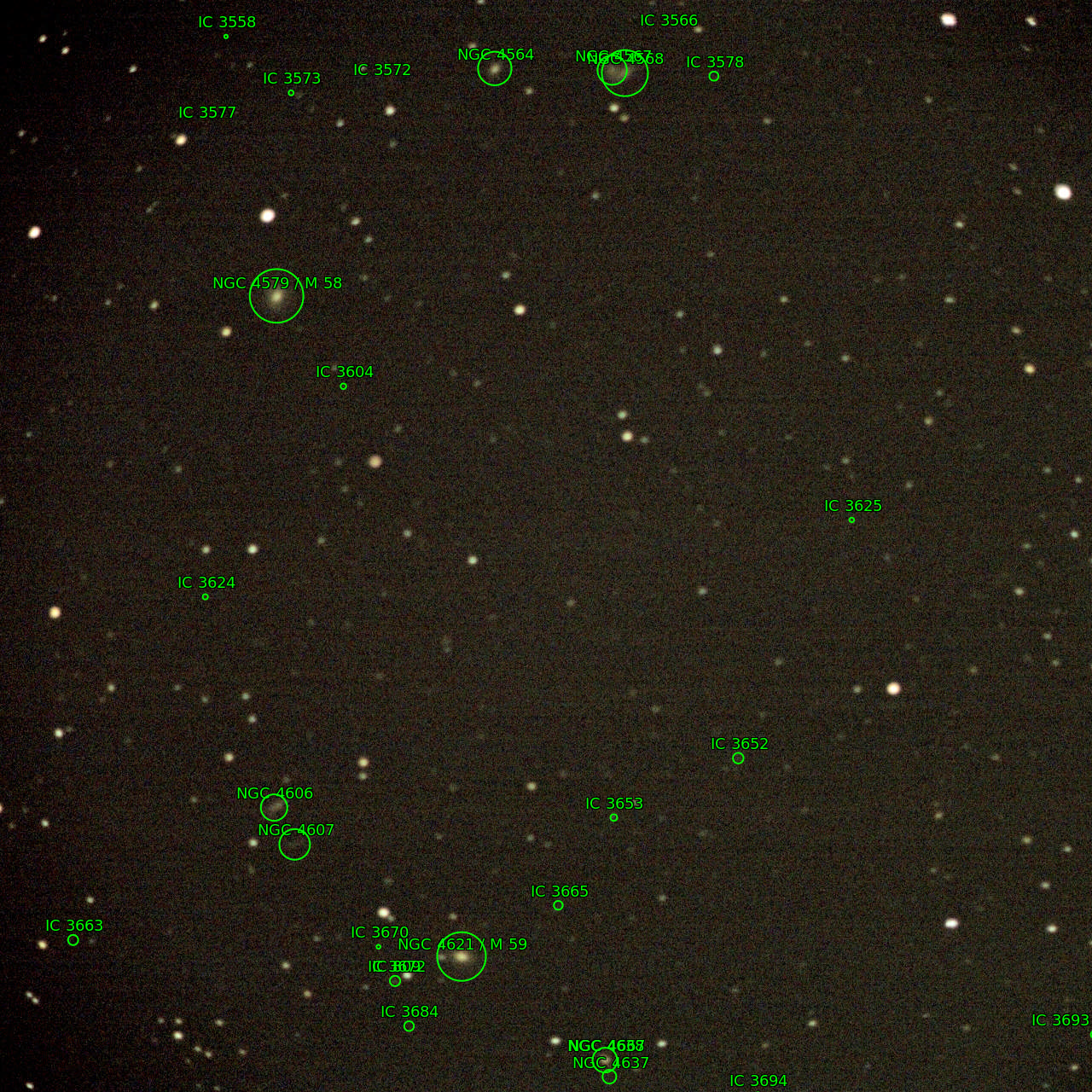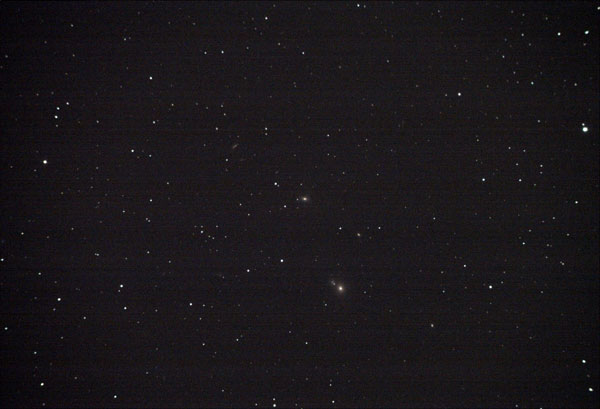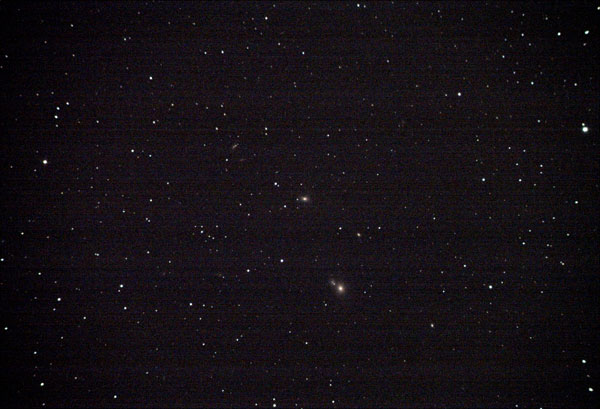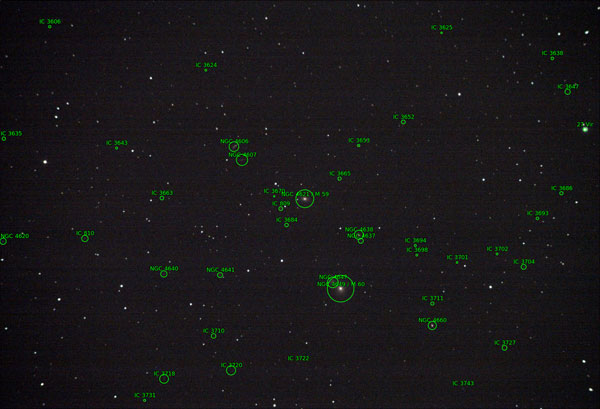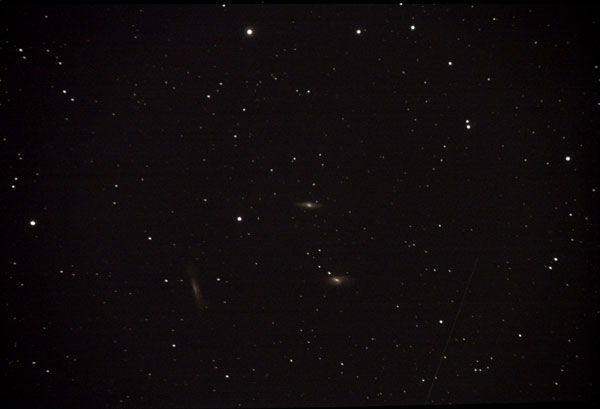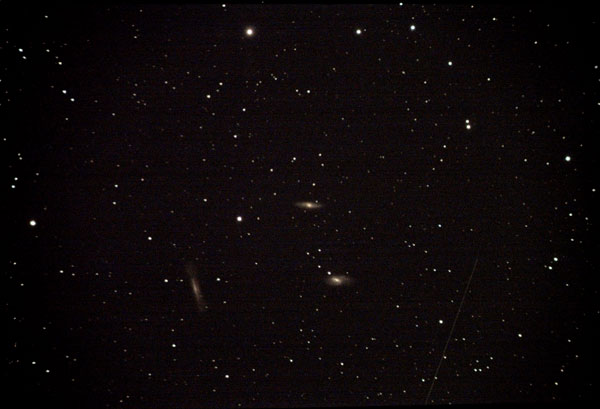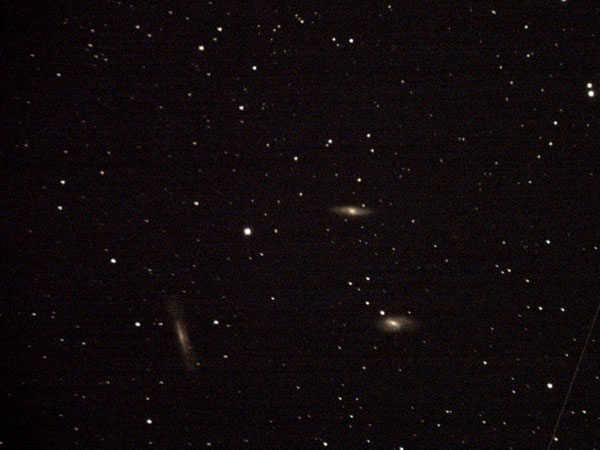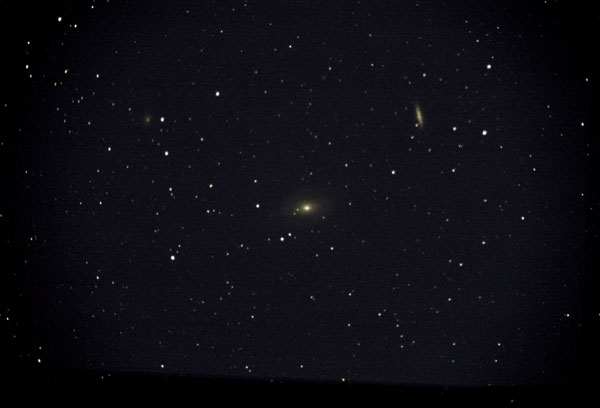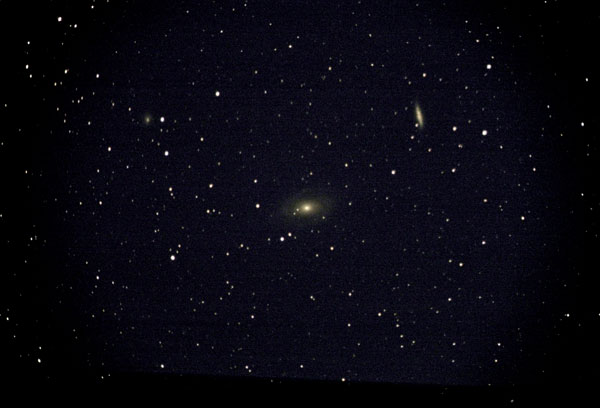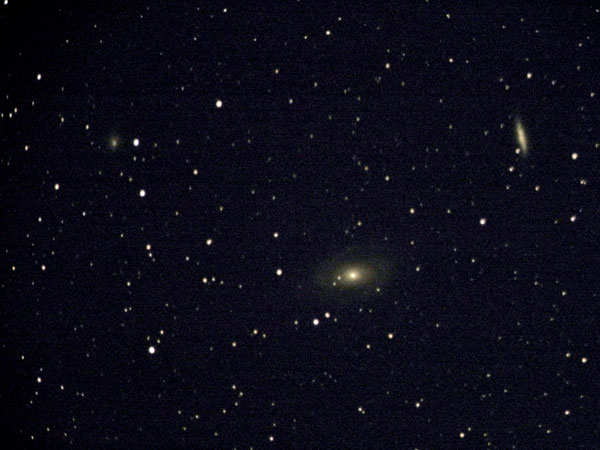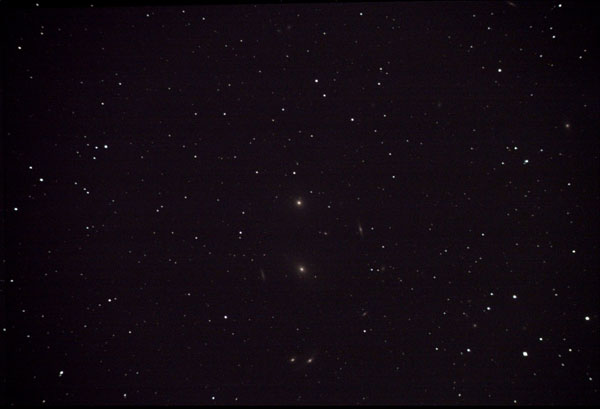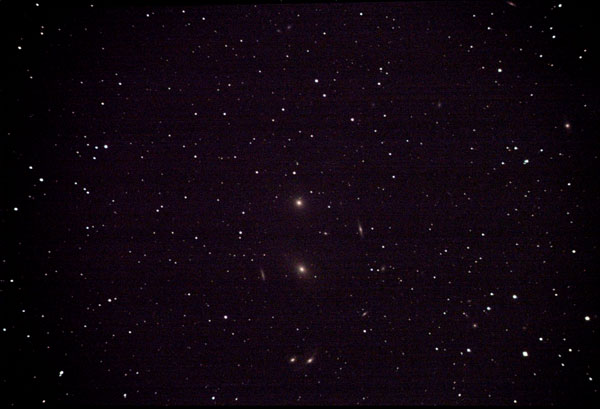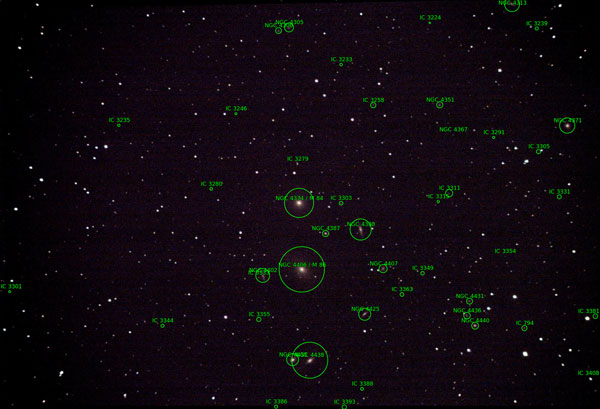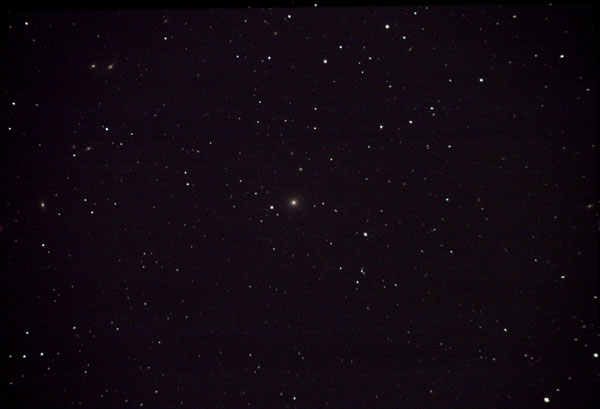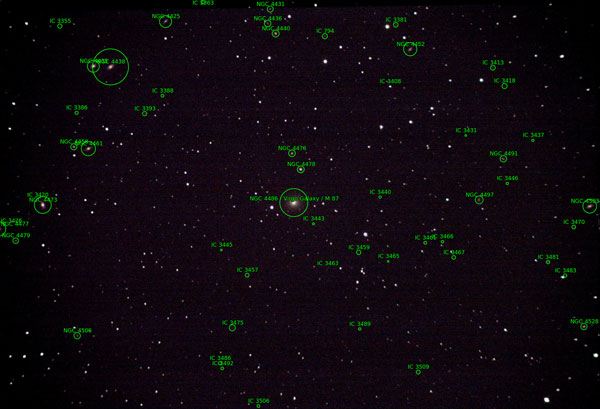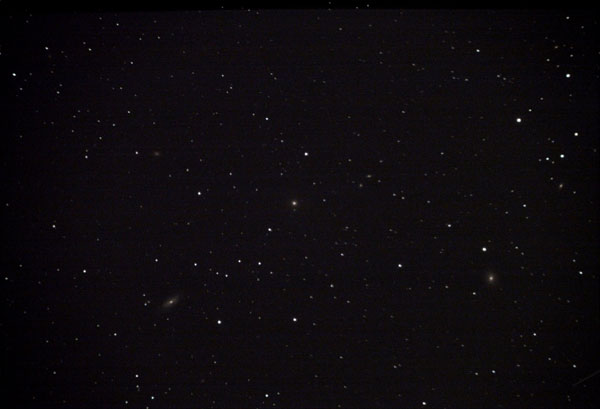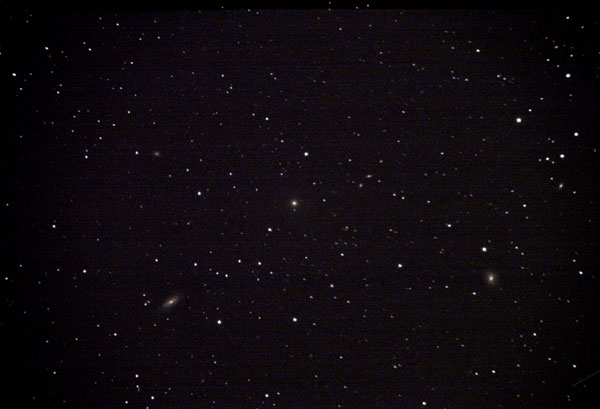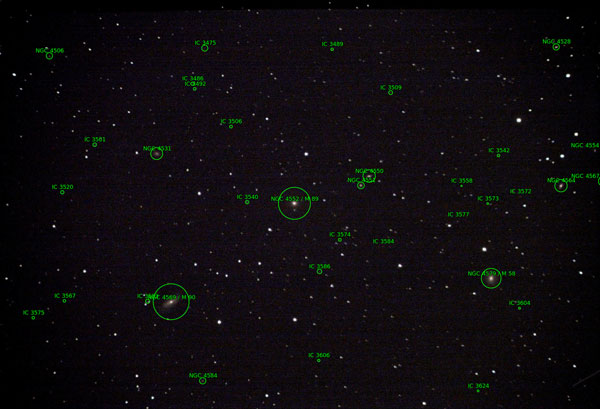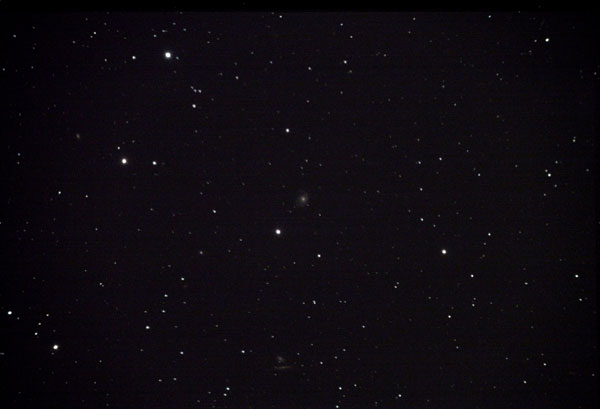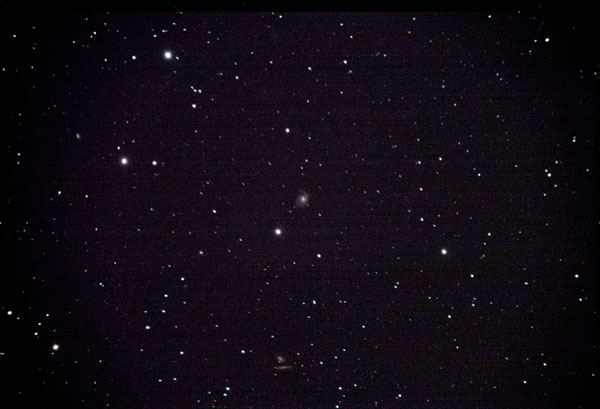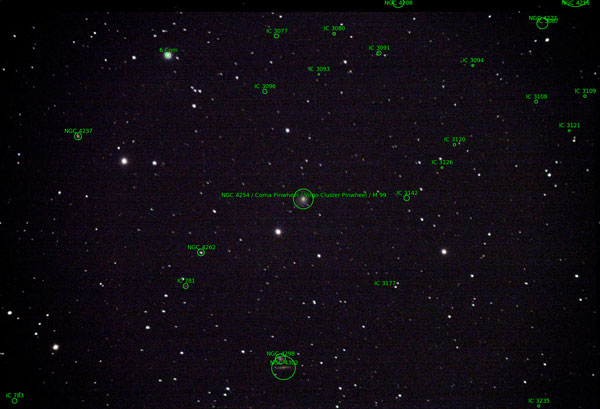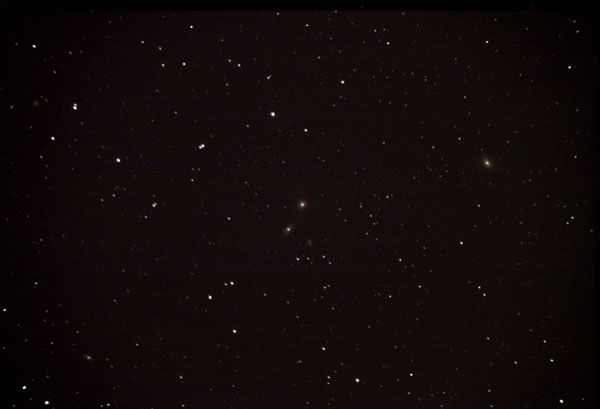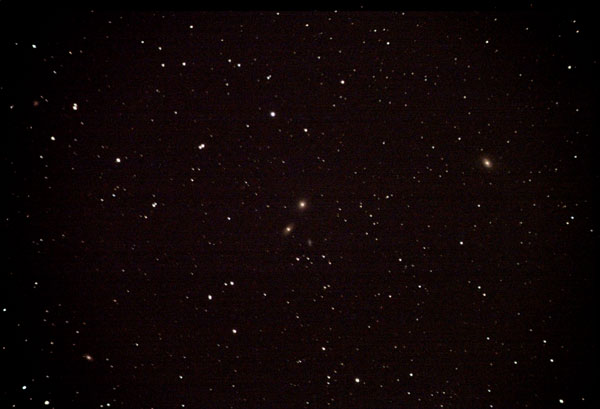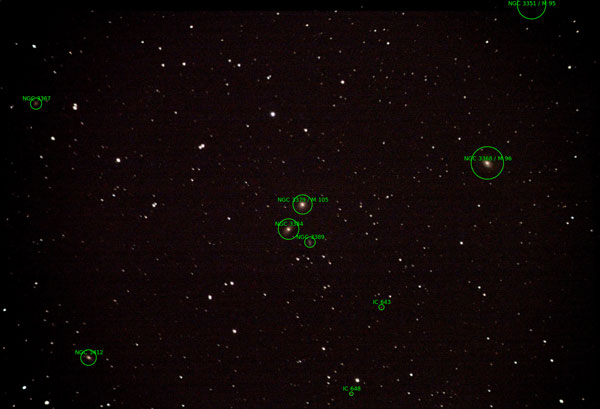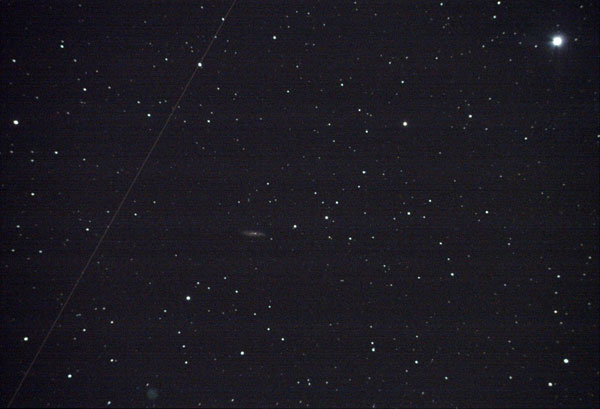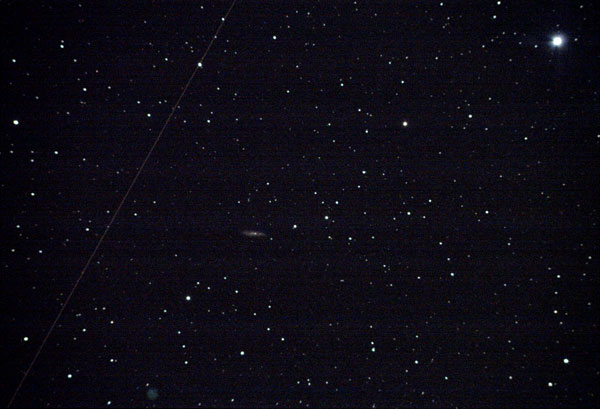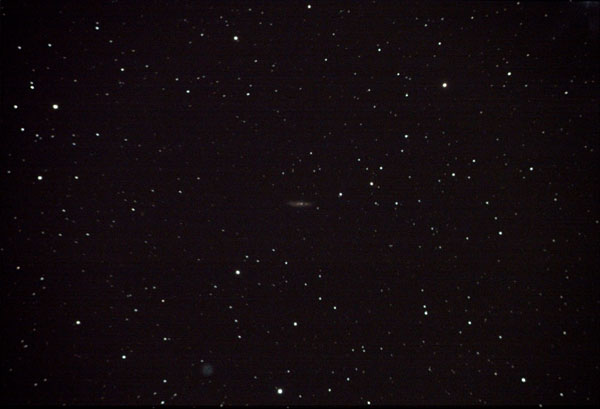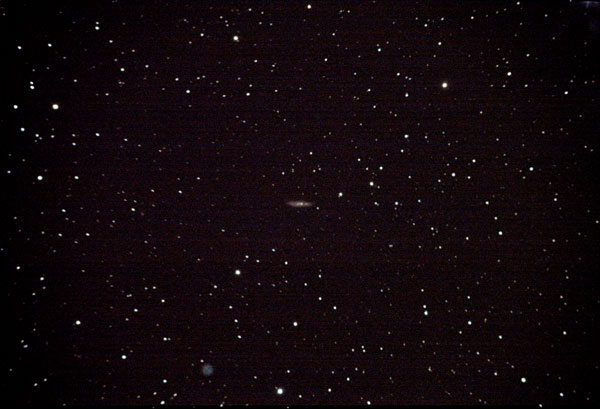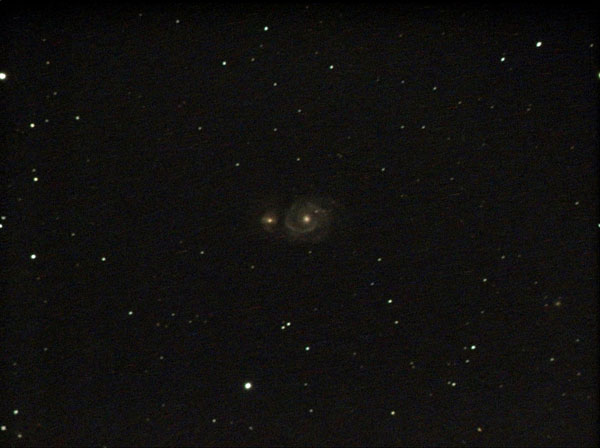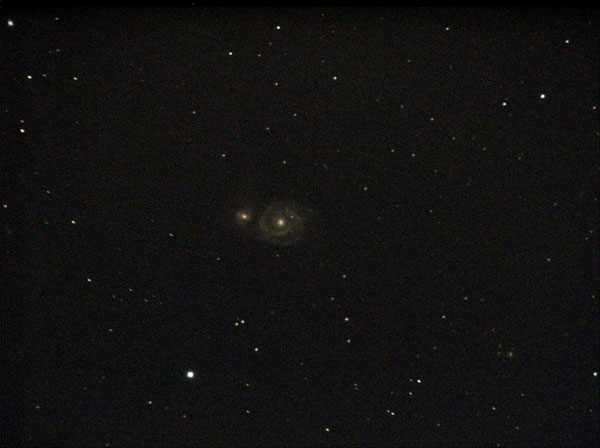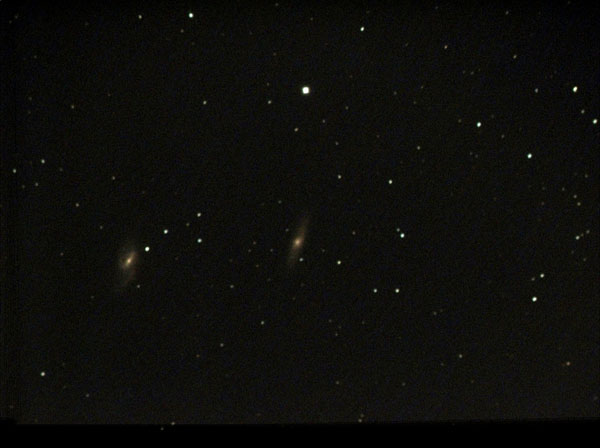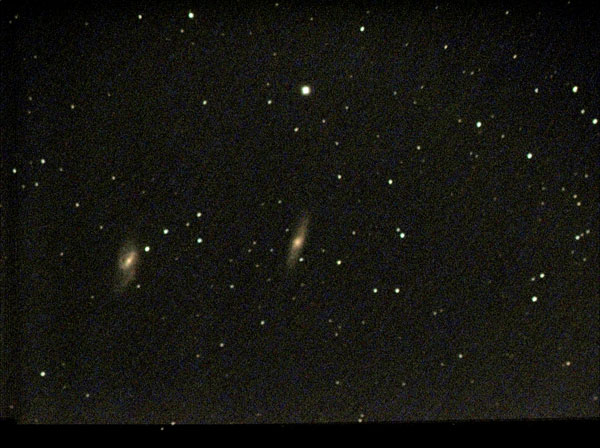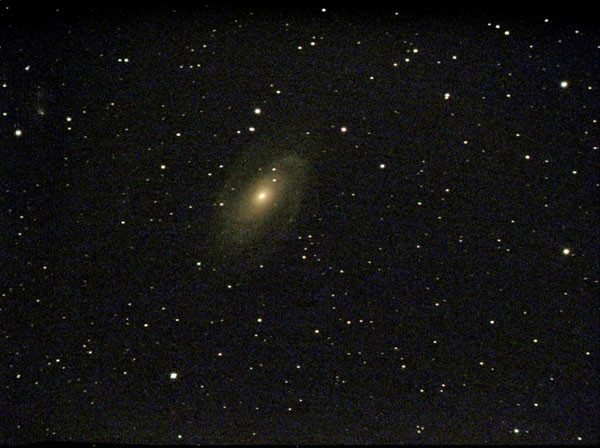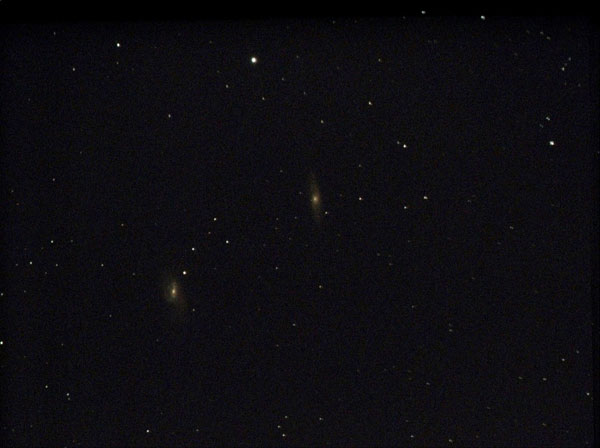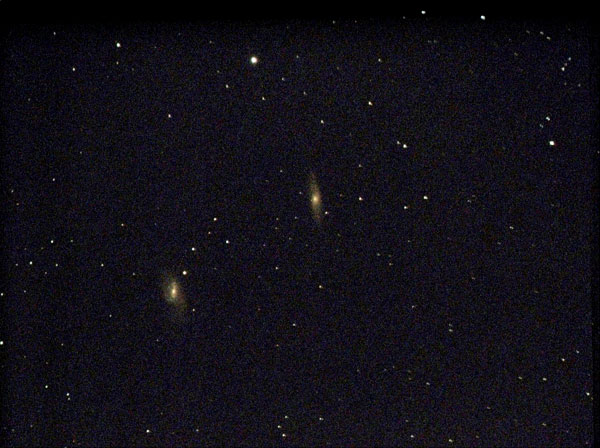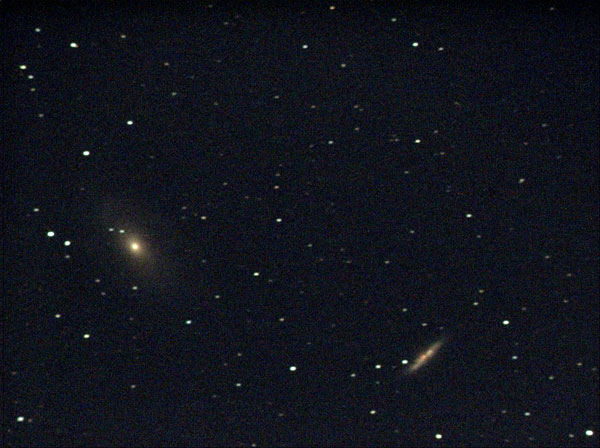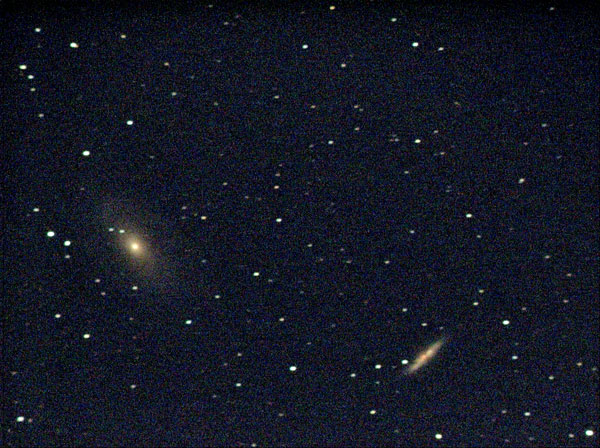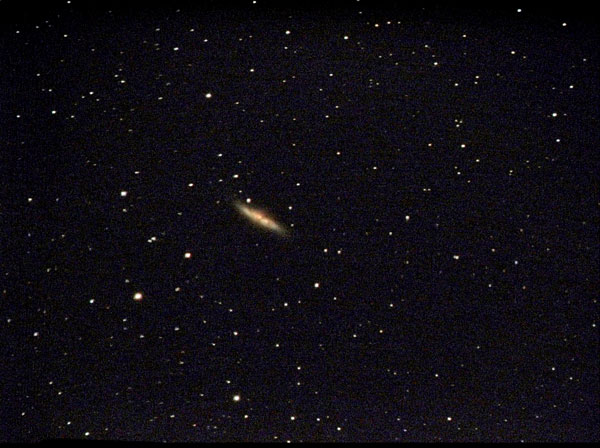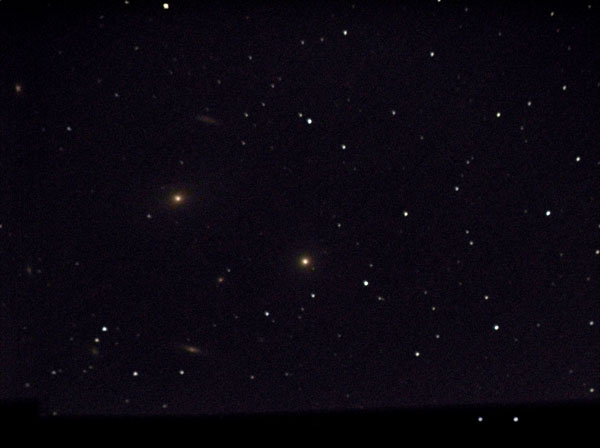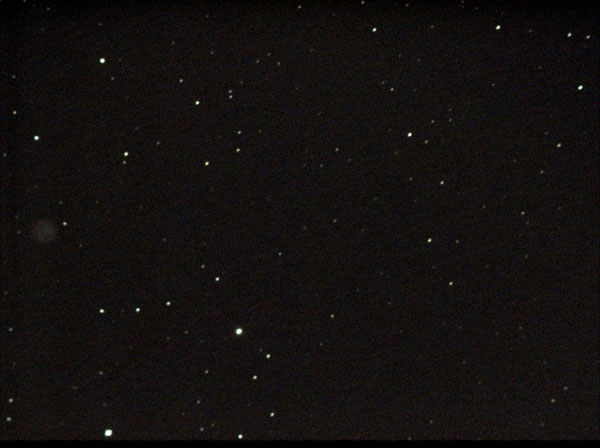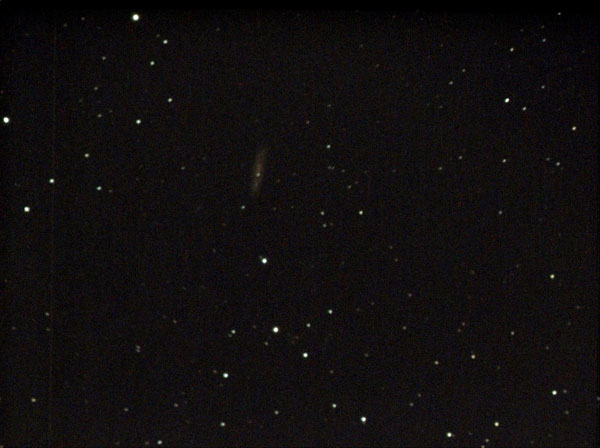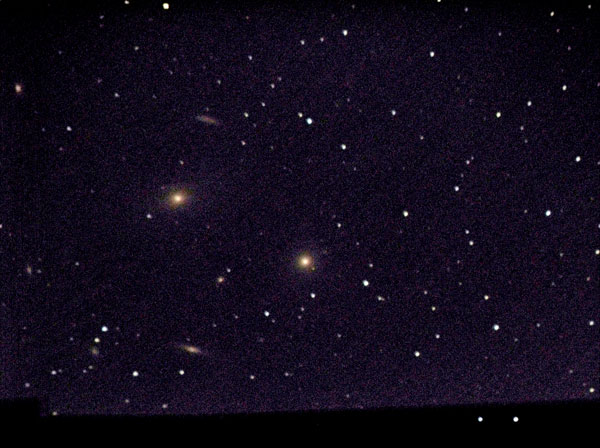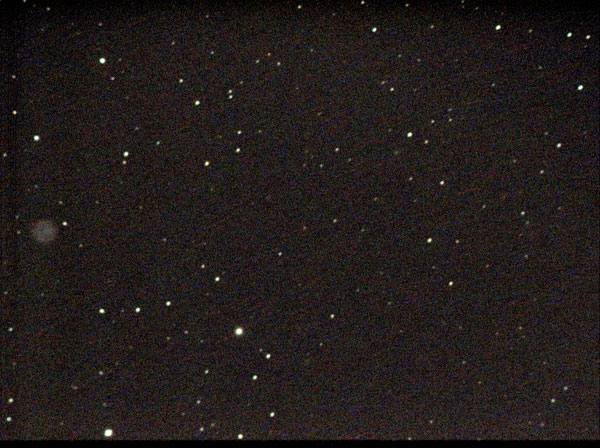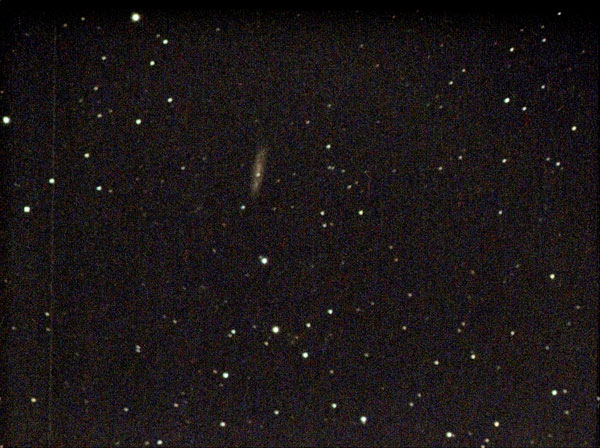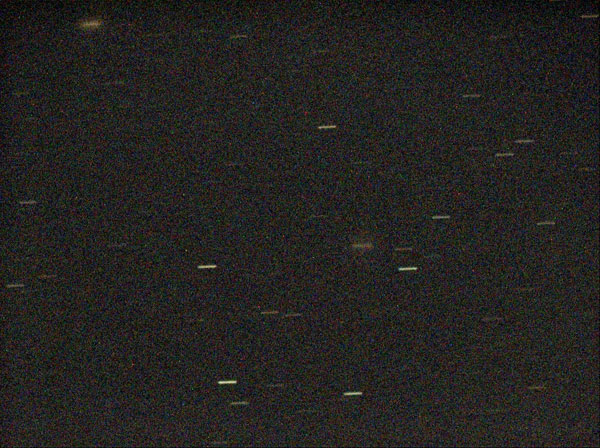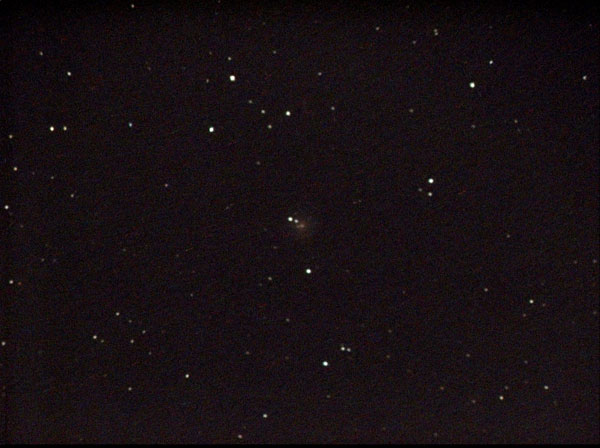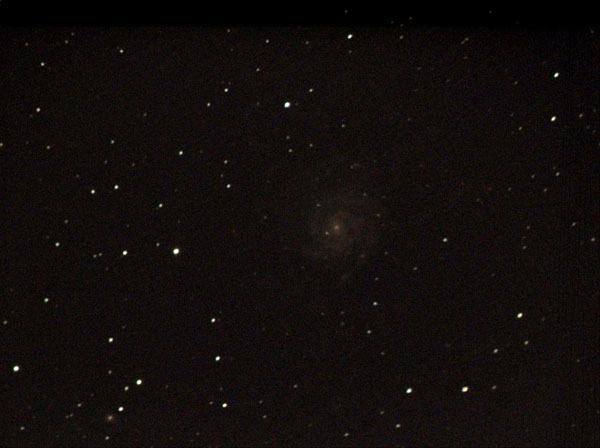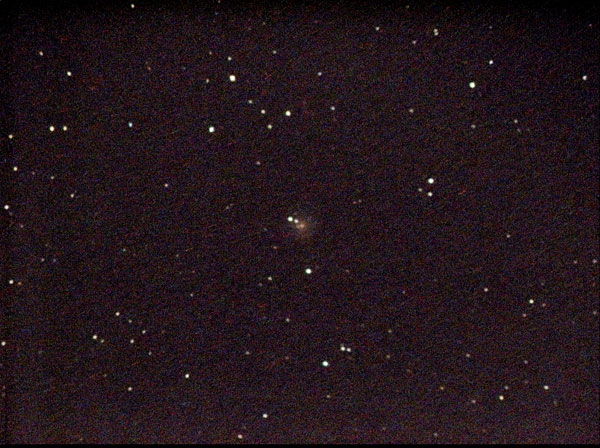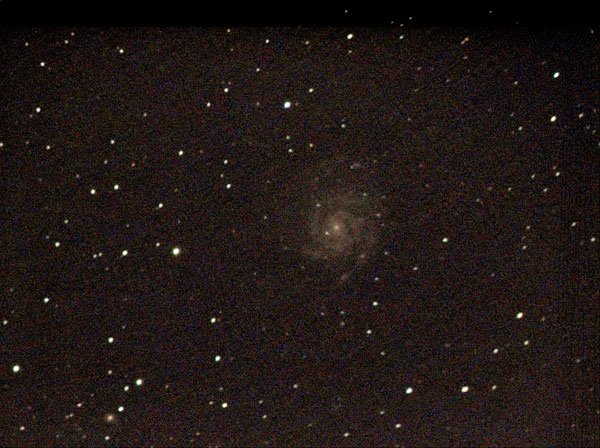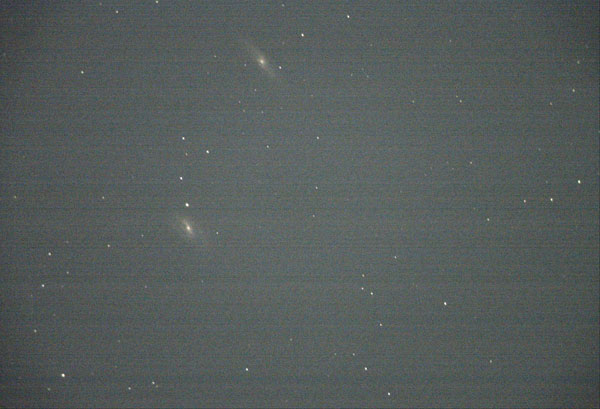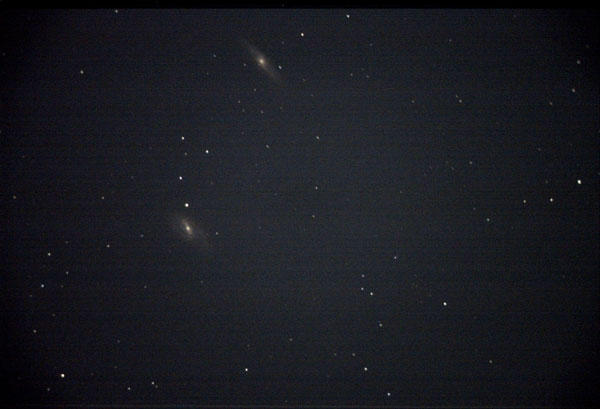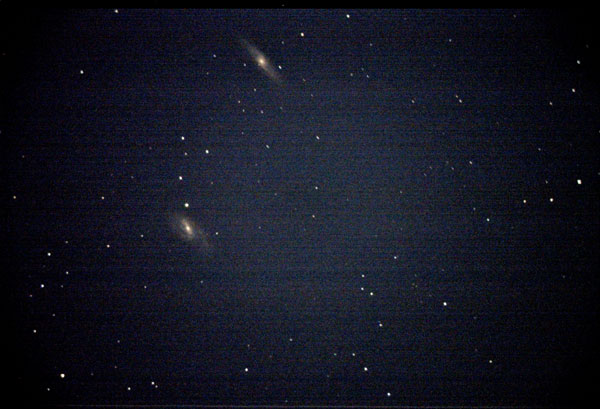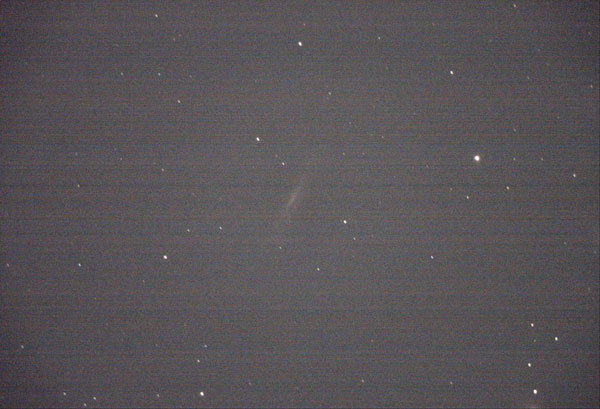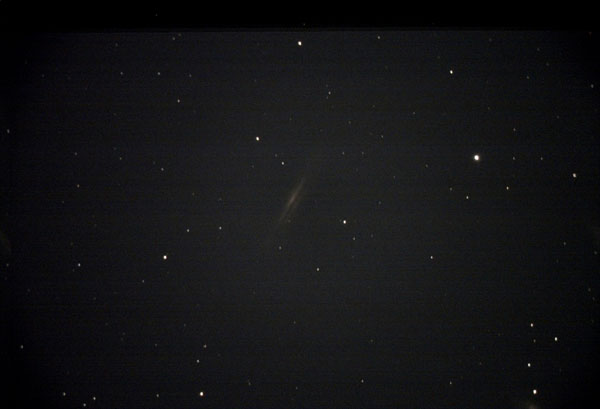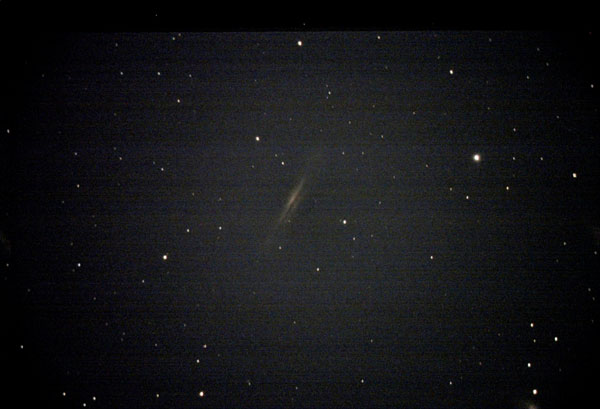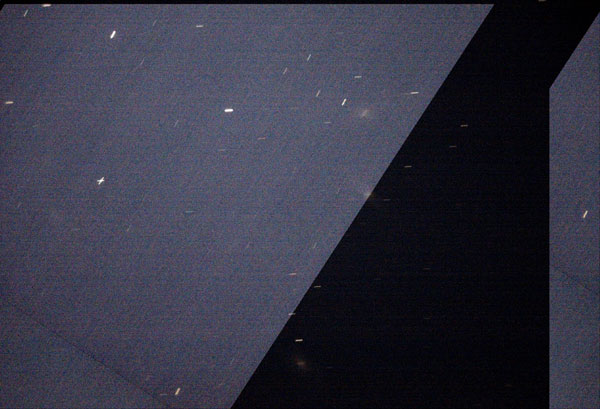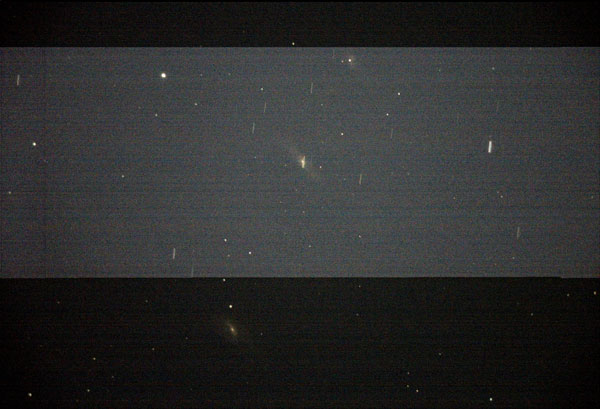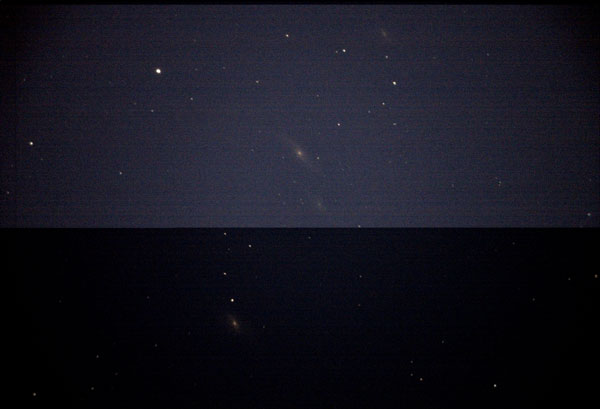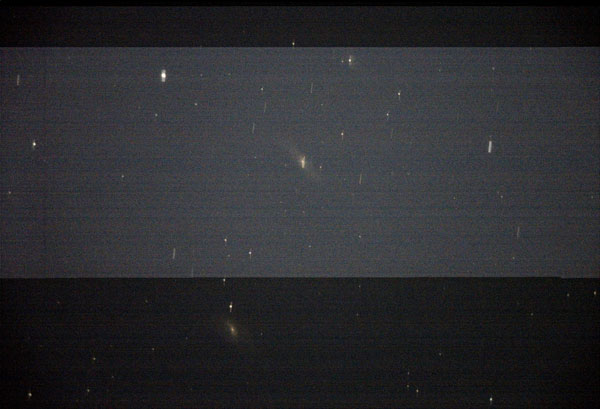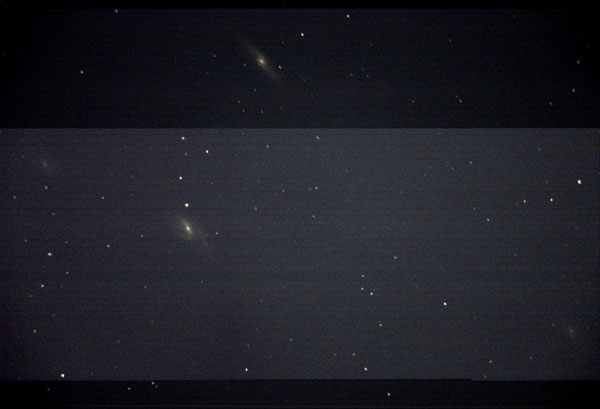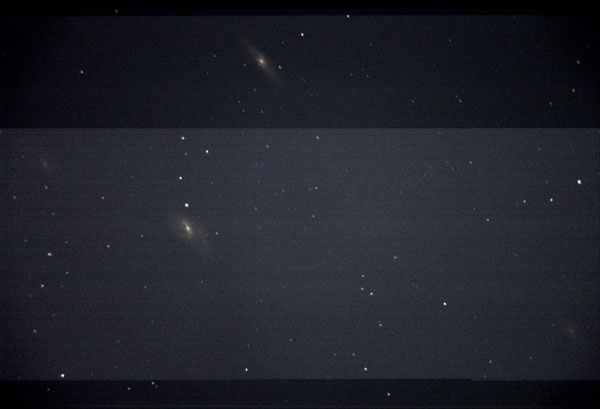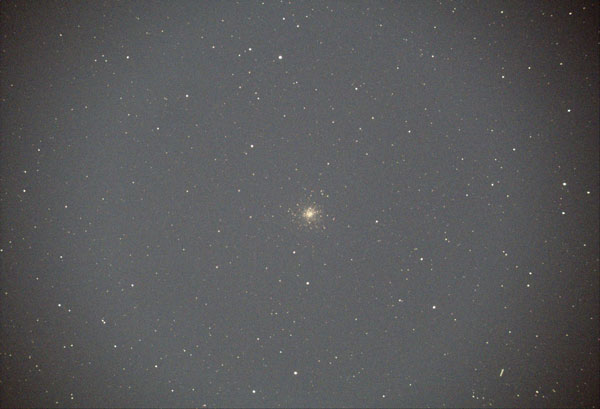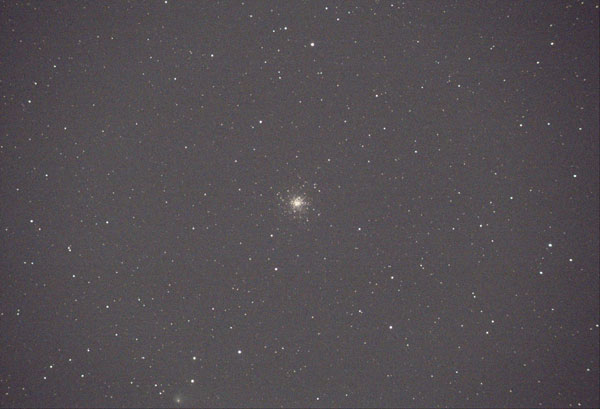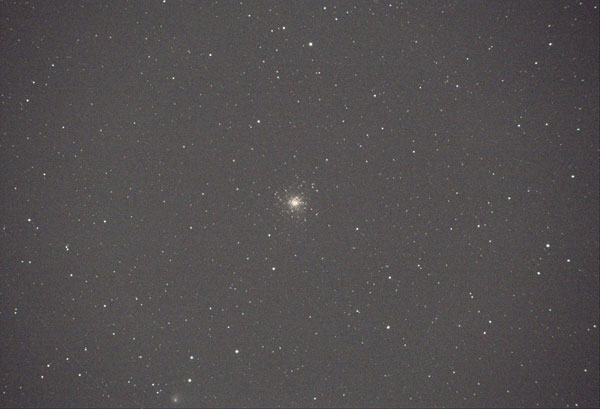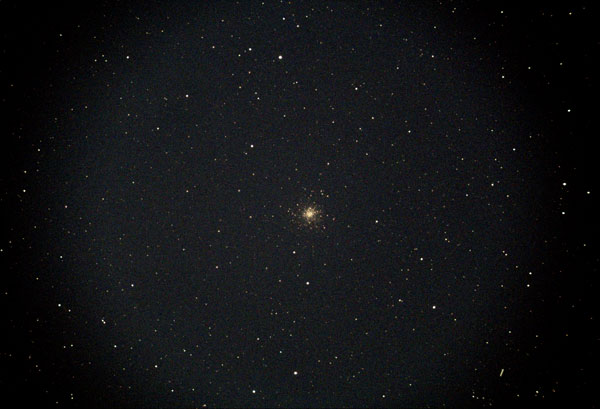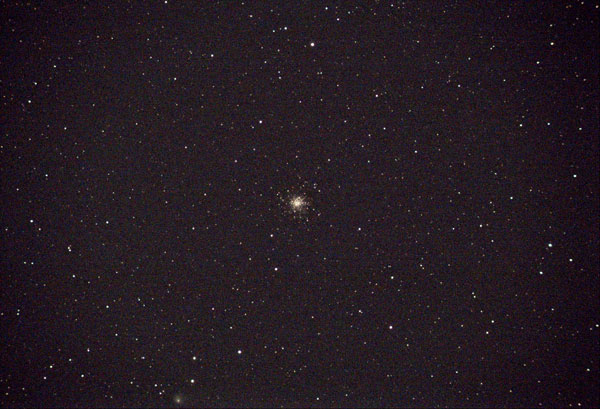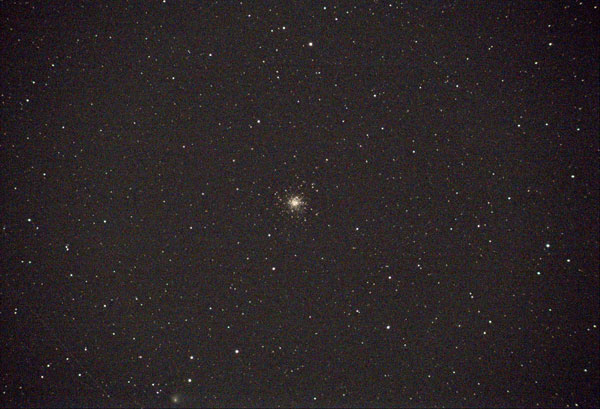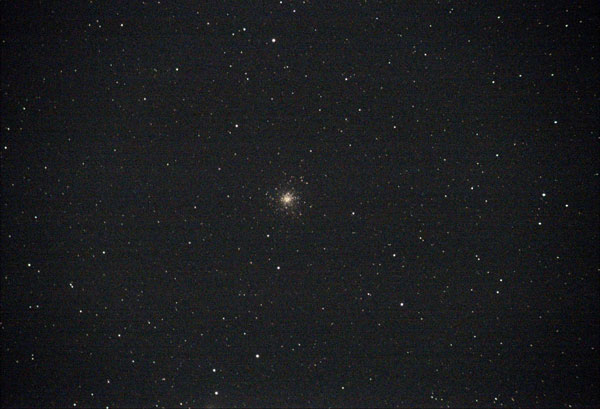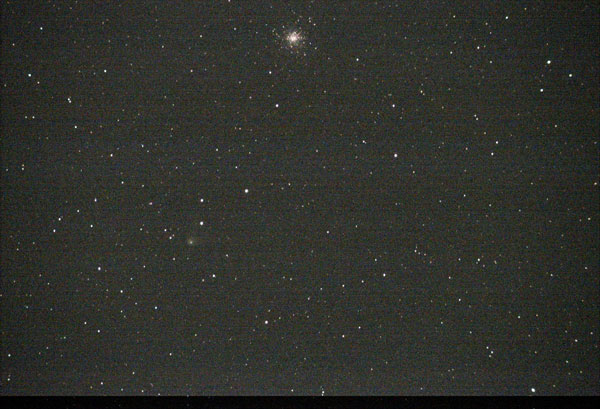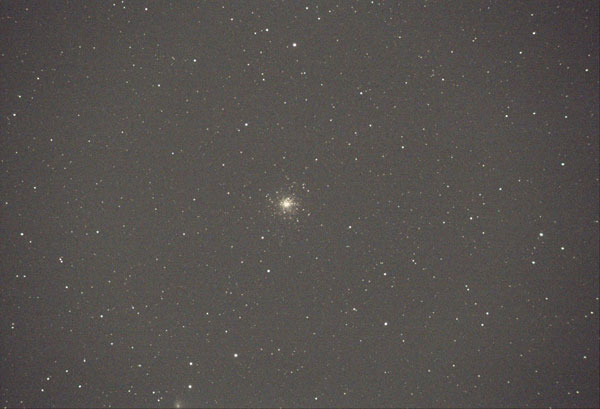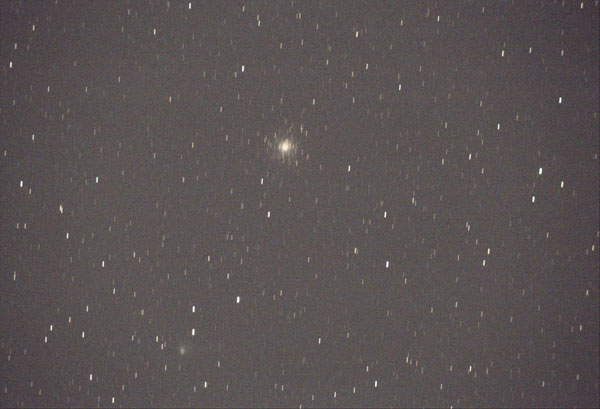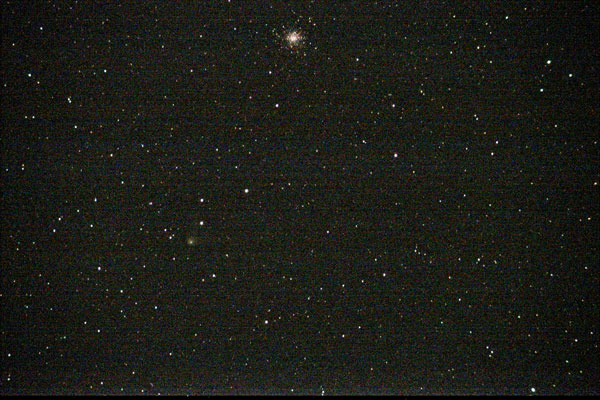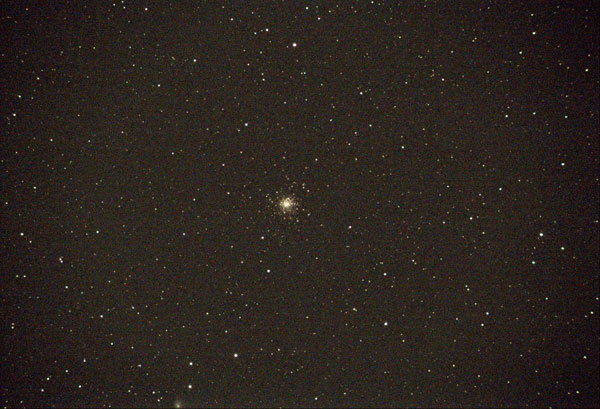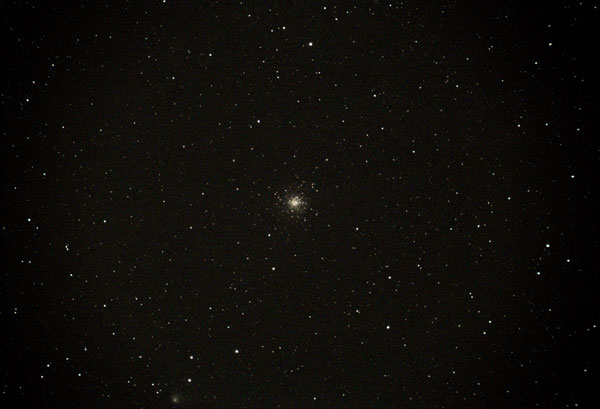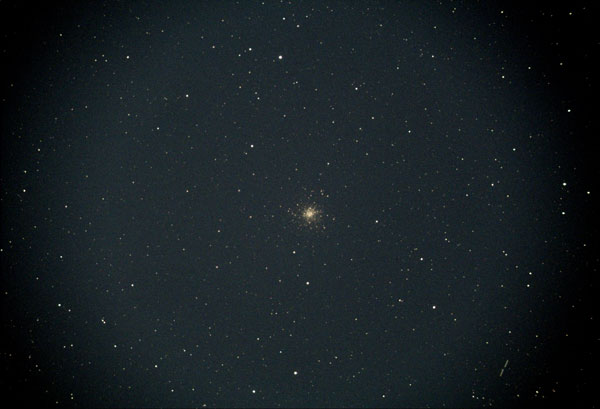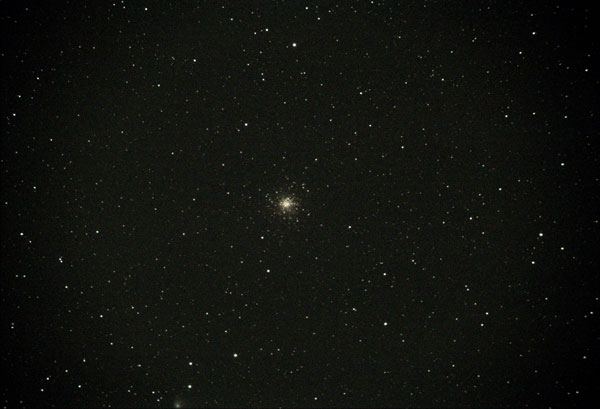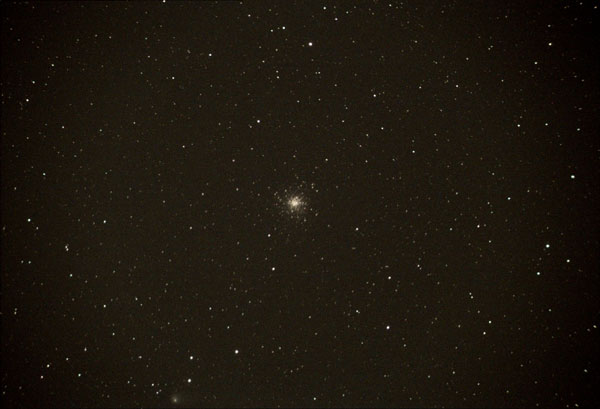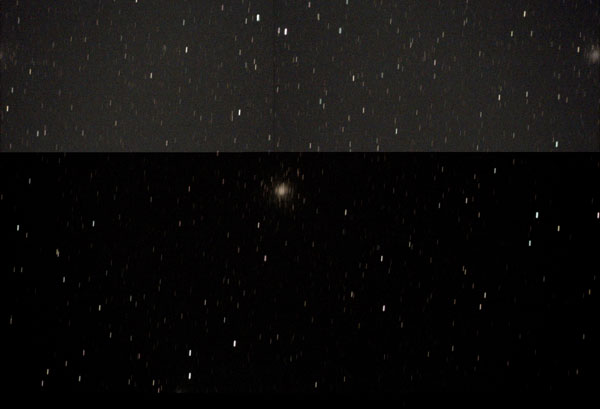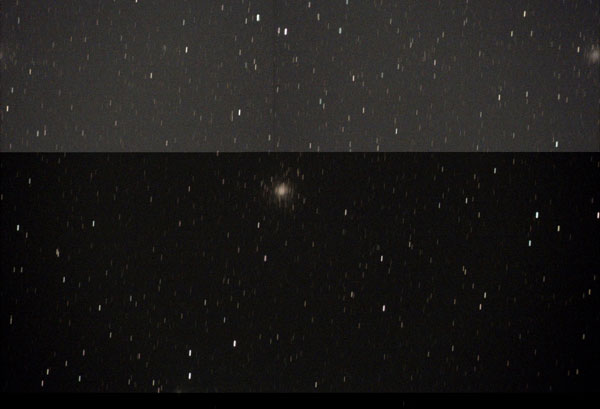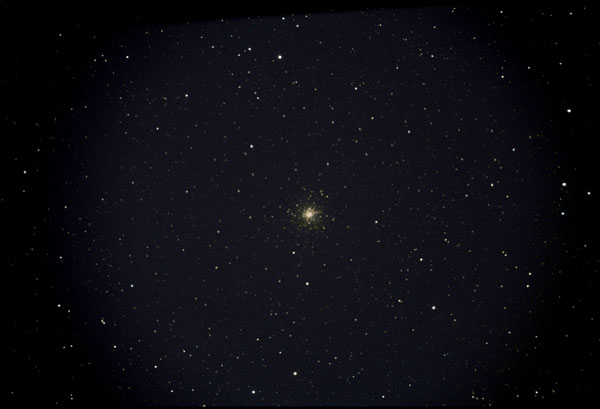Ikarus StellarMate Plus - Further Experiences
Preface | Introduction | First Nightly Test with My Own ZWO ASI294MC | Second Nightly Test with My Own ZWO ASI294MC | Nightly Tests with Atik Infinity | Nightly Test with C5 and ZWO ASI294MC | First Observation Attempt with ZWO ASI294MC | Preliminary Conclusions | Links
Archive
On this page, I report on my further experiences with my astrophotography computer Ikarus StellarMate Plus (ordered on October 21, from Astroshop, arrived on October 26, 2021). This "phase" started in April 2022; shortly before that I had acquired a ZWO ASI294MC camera and sold my ASI224MC camera. I also used my Atik Infinity as another camera and compared its behavior with the ASI294MC, especially with respect to the question of how the differences in the field of view affect the practice.
Note: For simplicity reasons, I will often call the device just "StellarMate"...
See also:
- Ikarus StellarMate Plus - Information Archive
- Ikarus StellarMate Plus - First Experiences (Part 1: with Wi-Fi only) Archive
- Ikarus StellarMate Plus - First Experiences (Part 2: with USB Dongle) Archive
- Ikarus StellarMate Plus - Further Experiences Archive
- Ikarus StellarMate Plus - Web Discussions Archive
- Ikarus StellarMate Plus - Instructions Archive
- Ikarus StellarMate Plus - Tips and Tricks Archive
Note: At the beginning of June 2024, I gave my astrophotography computer Ikarus StellarMate Plus away. I therefore cannot report any further experiences with it here. |
Preface
What the StellarMate Plus from Ikarus Technologies is, and why and for what purpose I purchased it, can be found on page Ikarus StellarMate Plus - Information. On this page, I report on my further experiences with it.
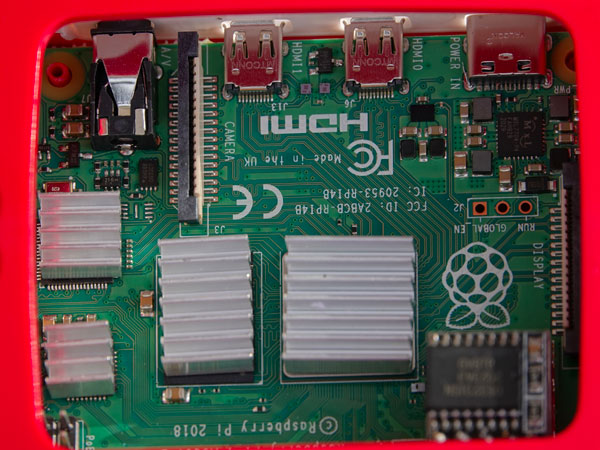 |
||
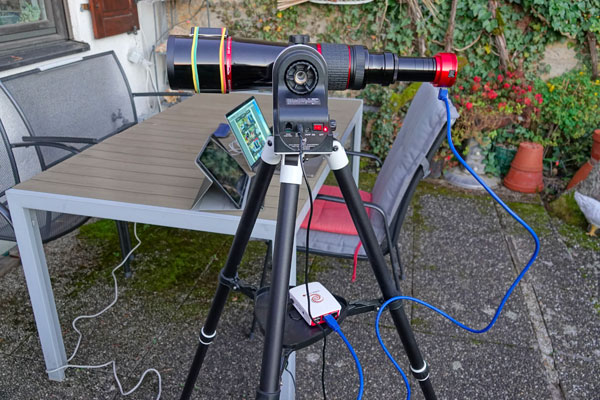 |
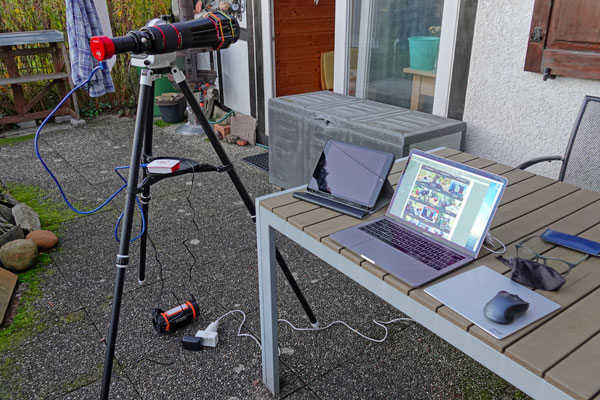 |
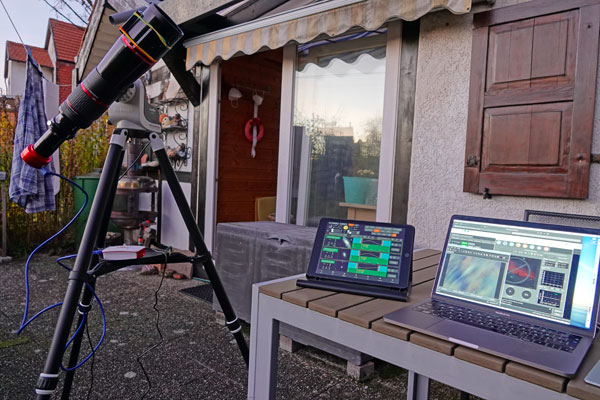 |
Introduction
My first attempts with the StellarMate lasted from November 2021 until March 2022. On this page, I would like to describe further experiences with my StellarMate starting with April 2022 and once again not go too much into details.
 |
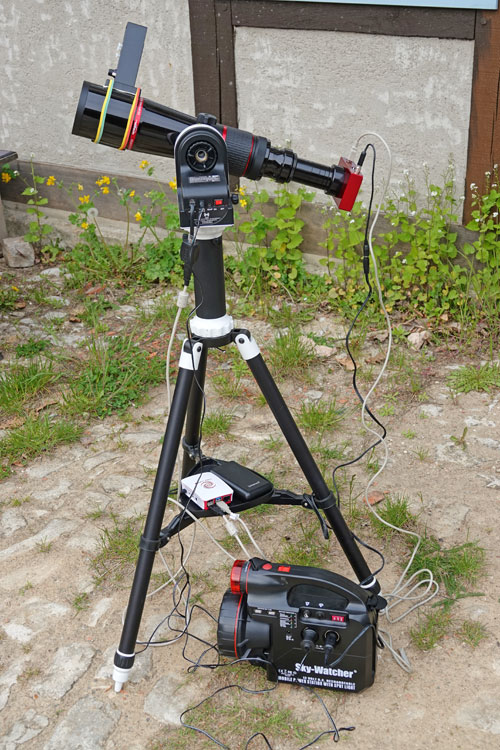 |
Photos: My StellarMate equipment (left: with ZWO ASI294; right: with ASI Infinity; spring 2022)
About the equipment: The ZWO ASI294 is powered by the StellarMate (5 V). The Atik Infinity needs 12 V. Since the Celestron PowerTank has only one 12 V connector, I here use the Sky-Watcher PowerTank instead, which offers two 12 V connectors.
Photos: Alternative StellarMate equipment with C5 and ZWO ASI294 (spring 2022)
Note: I compile the exact instructions that I came up with on separate pages (at the moment, there is only one page). I also started a "tips and tricks" page...
First Nightly Test with My Own ZWO ASI294MC (April 18, 2022, Mühlhausen)
Equipment: StellarMate, AZ-GTi, ZWO ASI294 (exposure time 10 s all the time), PS 72/432, no UV/IR cut filter; the FOV was about 2.5° x 1.7°.
Sky: SQM 20 after 8:30 (8:40) p.m., later (11:00 p.m.) a little less
Order: Procyon (Bahtinov mask for focusing); Rosette Nebula (NGC 2238), Leo Triplet (M 65 + M 66, NGC 3628), M 95?, M 81 (+ M 82, IC2574 (Coddington's Nebula), M 96 (+ M 95), M 105, M 84 + M 86 (Great Galactic Face), ditto slightly moved, M 31 did not work, M 51, M 108 (+ M 97), M 60 (+ M 59), M 44 (Coma Berenice Cluster, "Alignment failed", but found), IC 3483 (Zwicky's Triplet; near SZ), NGC 4567/68 (Siamese Twins), M 89 (+ M 90).
Note: In the case of several targets on a photo, I accessed the one before the "+" sign.
Notes:
- The alignment rarely reached "complete". Most of the time, I stopped it, because the error was slowly getting larger instead of smaller...
- The targets selection worked better, if I selected them in the "T" quick menu from a list (many targets do not appear at all on the "Targets" screen...).
All in all, this was, considering my StellarMate experiences so far, a quite successful evening, even though there were aborts and restarts again and again. It was a bit of a similar feeling to my early days with the eVscope.... I should have rather used the UV/IR cut filter; without it the stars got a little large... Of course, the image quality is not at all as I would want it to be! Furthrrmore, the ASI294MC shows vignetting at the PS 72/432, which can be seen more or less, depending on the processing.
Second Nightly Test with My Own ZWO ASI294MC (April 28, 2022, Erkerode)
Equipment: StellarMate, AZ-GTi, ZWO ASI294 (exposure time 10 s all the time), PS 72/432, no UV/IR cut filter; the FOV was about 2.5° x 1.7°.
Sky: SQM 20.5-20.75; after 10:00 p.m. (observed until midnight, sat inside later!)
Order: Procyon (focusing using stars); M 81 (+ M 82, NGC 3077), Leo Triplet (M 65 + M 66, NGC 3628), M 105, M 84 (IC 3279; Markarian's Chain; great galactic Face), M 87, M 89, M 99, M 59 (M 60; 2 attempts...), M 108 (+ M 97; with some problems)
Note: In the case of several targets on a photo, I accessed the one before the "+" sign.
Notes:
- The alignment went to "complete" more often this time. I mostly stopped it when the error slowly became bigger instead of smaller...
- I selected most targets from a list in the "T" Quick Menu.
- The WiFi range was sufficient to operate the StellarMate from indoors later.
Nightly Tests with Atik Infinity (May 6/9, 2022, Mühlhausen)
May 6, 2022
Equipment: StellarMate, AZ-GTi, Atik Infinity (exposure time 10 s all the time), PS 72/432, with UV/IR cut filter; the FOV was about 1.2° x 0.9 °.
Sky: SQM not measured (two nights before half moon); after 10:00 p.m. (observed until a little after midnight)
Order: Procyon, too low at the horizon (shrubs covered it), then took Regulus, two (or more?) attrmpts; focusing with Bahtinov mask
M 65/66, M 81/82 after changing the position (M 81 selected), M 51, M 101, M 97, M 108 (could not get M 97 and M 107 together on a photo), M 95/96 (NGC 3345 indicated; just streaks...), NGC 3344 (located elsewhere, was simply a mistake...), M 84/86 (M 84 selected; Great Galactic Face)
In the beginning, the alignment did not work at all. The reason for the alignment problems was a wrong profile for the alignment (a profile for the Atik Infinity did not exist (anymore?)). The app also always crashed when creating a new profile, at some point in time it worked...
In the profile used, the error was specified as 30" (default). I increased it to 300", then it suddenly worked!
After enlarging the error value, the alignment finally worked, and the GoTo worked mostly reliably (it did not always signal "completed"...).
Above, I show some photos from previous sessions for comparison. The results are fairly similar. In those sessions, however, I visited to only a few targets and not as many as in this session. Now I can for the first time say with certainty that the StellarMate (after the firmware update OS version 1.7.0 and App version 2.5.0 end of March 2022) seems to work with the Atik Infinity camera (as well as with the ASI294MC camera).
May 9, 2022
Equipment: StellarMate, AZ-GTi, Atik Infinity (exposure time 10 s all the time), PS 72/432, with UV/IR cut filter; the FOV was about 1.2° x 0.9°.
Sky: SQM not measured (about half moon); observed from 10:30 p.m. to 11:05 p.m.
Order: Regulus for focusing, focused with Bahtinov mask
M 87, M 84/86 (M 84 selected; Great Galactic Face)
M 87 stacked for a fairly long time (30x); overall, only a brief test, because of the half moon, the results were disappointing...
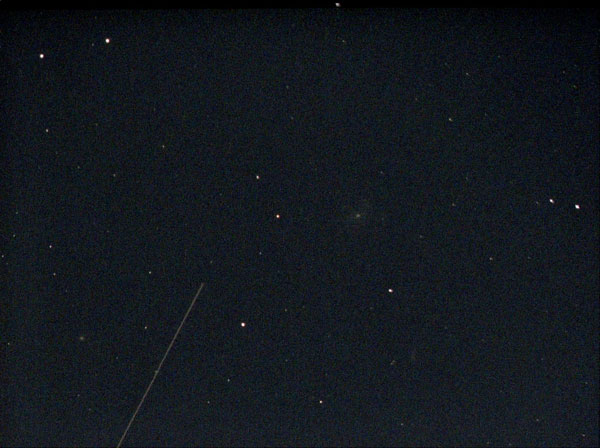 |
 |
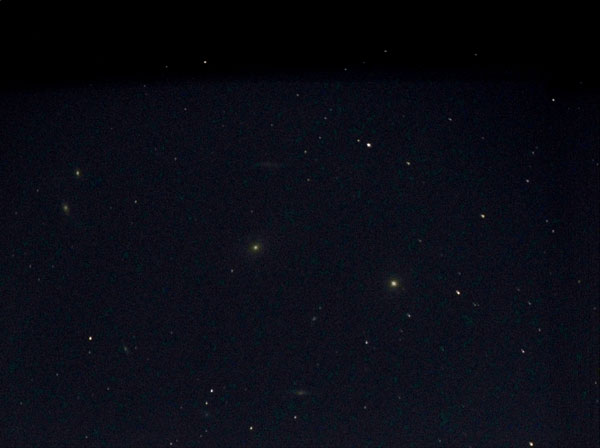 |
||
M 87 - May 9, 2022, after 5 frames |
M 84 (GGF) - May 9, 2022, after 1st frame |
M 84 (GGF) - May 9, 2022, after 30 frames |
Nightly Test with C5 and ZWO ASI294MC (May 30, 2022, Mühlhausen)
Equipment: StellarMate, AZ-GTi, ASI294 (exposure time varied), C5 with f/6.3 reducer/corrector; the FOV was about 1.4° x 0.95°.
Sky: SQM not measured (about new moon); observed from 10:40 p.m. to 11:20 p.m.
Order: Regulus for focusing, focused by hand, took a long time...
M 65 accessed (10 s, 5 s, 2,5 s, 10 s) with M 66 on the same photo, perhaps once also with NGC 3628??; NGC 3628 accessed alone
Often, the image of M 65/66 was "destroyed" by StellarMate after having stacked about 4 times! With NGC 3628, I reached the 9th frame. All in all, a disappointing evening, but the proof that the C5 works as well (best with an exposure time of 10 s)!
Examples of "Screwed up" Stacks
As the last two examples show, the stack does not improve again... Some of the screwed up images show tracking problems; but I do not know, whether this caused the "mess"...
First Observation Attempt with ZWO ASI294MC
On July 16, 2022, I tried to photograph comet C/2017 K2 (PANSTARRS) together with M 10 (1° separation; the previous day it was only half a degree!) with StellarMate, PS 72/432, and ASI294.
Observation data: Exposure time times 1, 5 or 10 s; SQM between 17.5 and 19.7 (at the end); waning moon (not yet visible); PS 72/432 without UV/IR filter.
First, I approached Arcturus for focusing and then focused with my Bahtinov mask (see photo). Next, I approached M 10 (10 s, 5 s, and 1 s); the GoTo worked as well as never before! Perhaps the latest software versions have made a difference (2.5.1 for the app). Rarely, did I have the previously reported stacking problems, but twice at least sync problems that required a restart of the app. The search for M 10 only worked when using the "Targets" quick menu!
At first I did not find the comet because my astronomy programs were not helpful in doing so. After consulting a photo, I found the comet below M 10, but I never managed to reasonably capture both objects (1° apart) together in one photo by moving the tube with the app's cursor keys.... When both were well visible, the tracking did not work (at least the stars were dashes then...). Too bad!
Note: The day before I learned too late about the meeting of M10 and the comet (0.5° distance!). On 17.7.2022 the distance should be already again good 1.5°.
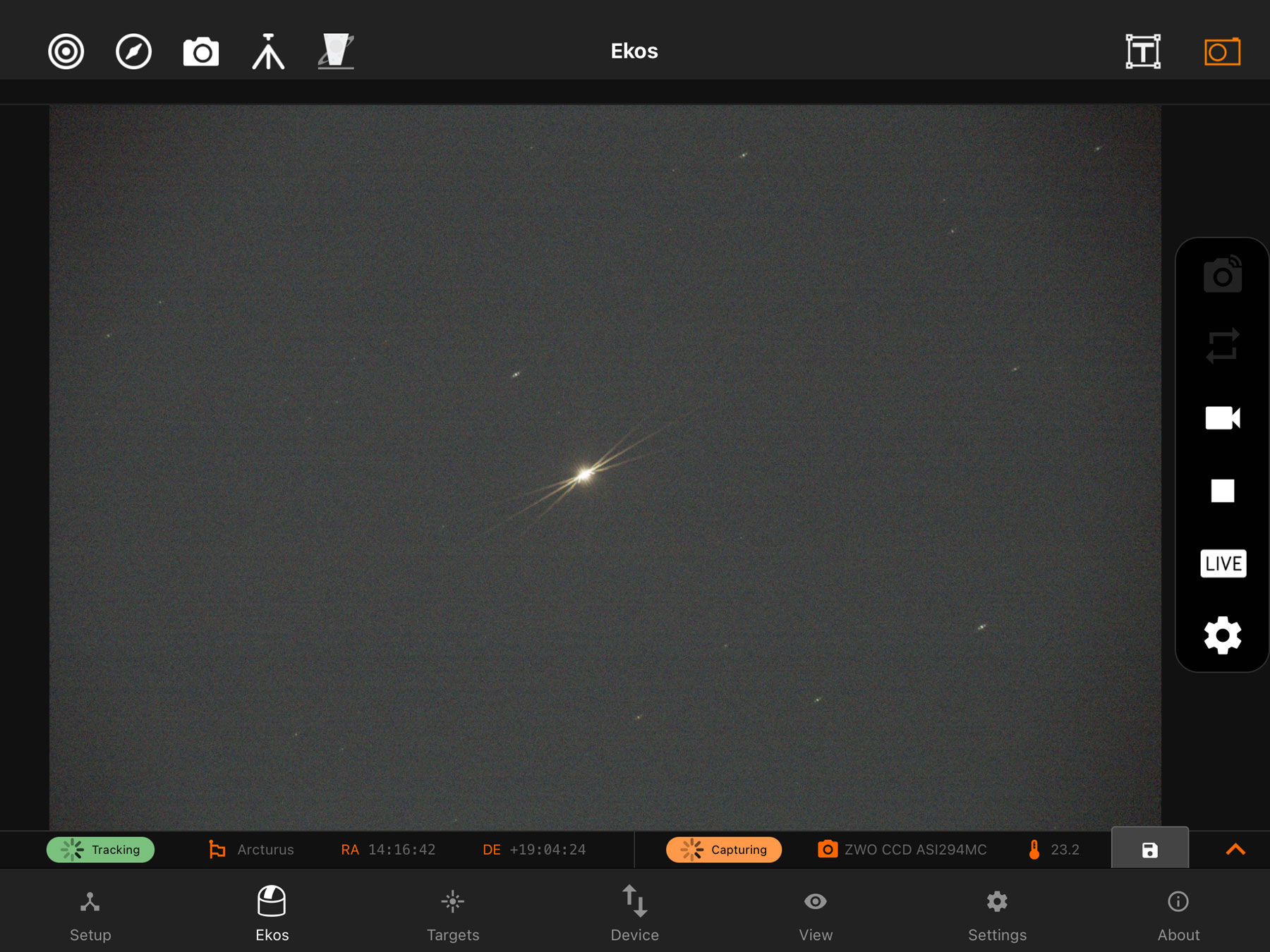 |
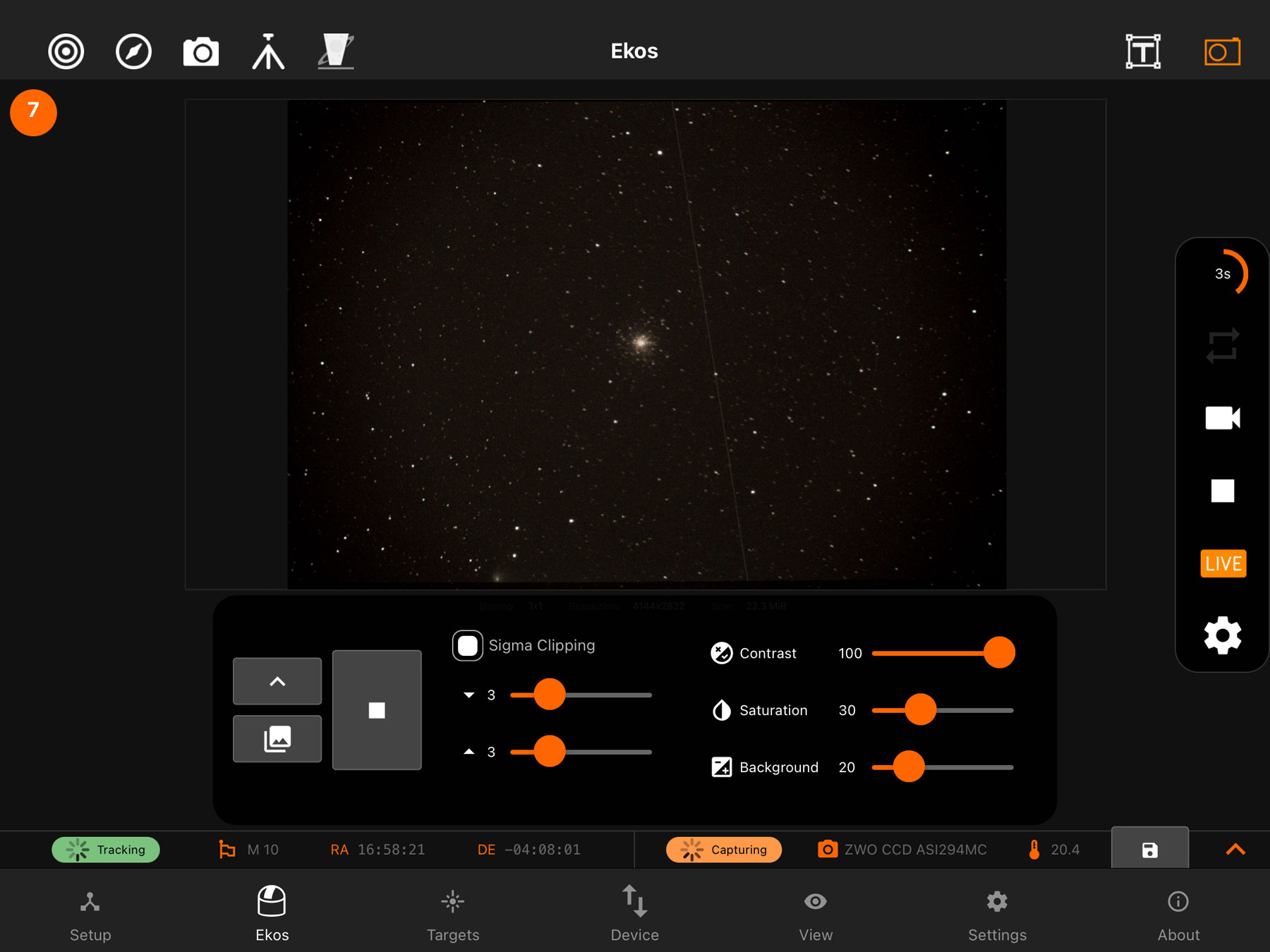 |
|
Arcturus during focusing with a Bahtinov mask |
Live Stacking M 10 at the center, the comet at the lower left edge |
Photos
Preliminary Conclusions
ZWO ASI294MC
Considering my StellarMate experiences so far, the first evening with my new ASI294MC was quite successful, even though there were issues galore. It was a bit of a similar feeling to my early days with the eVscope... The second observation evening went similarly, maybe even a bit more successfully as far as the technique itself was concerned. And on the third evening, the technology worked except for manual alignment with the control keys.
Overall, however, the image quality is still completely unsatisfactory. And it is still not clear to me why stack photos are limited by the StellarMate app to a width of 1920 pixels (which is nowhere mentioned or described...).
Atik Infinity
After my first observation evening with the Atik Infinity, I can say now for sure that the StellarMate works in principle with this camera as well, in the sense that normally enough stars are found, so that the plate solving process can work (for the ZWO ASI224MC, I unfortunately cannot make such a statement, because I do not own it any longer).
Also for the Atik Infinity it is true so far that the image quality is still completely unsatisfactory.
Summa Summarum...
Even if the StellarMate still has a lot of issues, which is probably mainly due to the app, I have now reached a state where I can - sometimes with a lot of effort - start from the home position of the mount, go to a star to focus the telescope on it (ideally with a Bahtinov mask, but it also works on the basis of stars), and can then move from there to other targets (from one to another...). Sometimes, however, it is necessary to put the telescope back to the home position and start anew. It can then happen that the mount simply runs off. It would probably be better to also restart the StellarMate itself and not just the app....
I still have problems with the "Targets" screen. Often, there are simply targets missing that I want to go to. The "Targets" quick menu is safer, but can be nerve-wracking because of long target lists (but you can enter characters to come closer...).
When I selected an object by pressing "Go & Solve", it is unclear to me what I have to do afterwards. On the one hand, I might wait for a signal that the alignment is "completed", on the other hand, I might follow the progress of the alignment on the alignment tab. However, to do this I have to type "Go & Solve" again so that the process is displayed. All is this is a bit strange and nowhere properly described - the manual unfortunately does not contain any procedures...
Note: At the beginning of June 2024, I gave my astrophotography computer Ikarus StellarMate Plus away. I therefore cannot report any further experiences with it here. |
Links
- Ikarus Technologies, StellarMate: www.stellarmate.com
- StellarMate Manual: www.stellarmate.com/help
- Ikarus Technologies StellarMate PLUS Astrophotography Controller (astroshop.eu): www.astroshop.eu/controls/ikarus-technologies-stellarmate-plus-astrophotography-controller/p,68093
- HOWTO: Make a POWERFUL smart TELESCOPE! Better than much bigger telescopes! (Cuiv the Lazy Geek): youtu.be/0JdtL950RjQ
- Discussion in Cloudy Nights (CN), which Cuiv started to create attention to his video (A beginner-friendly smart EAA setup): www.cloudynights.com/topic/794637-a-beginner-friendly-smart-eaa-setup/
- Follow-up discussion in Cloudy Nights (CN) (A beginner-friendly smart EAA setup, restated, Ver. 2): www.cloudynights.com/topic/813424-a-beginner-friendly-smart-eaa-setup-restated-ver-2/
- See also my page offering Astronomy Links.
| 08.06.2024 |
